#Prince Follet
Explore tagged Tumblr posts
Text
Plans and Actions
Pia could barely keep still, and while not fidgeting exactly, the small endless movements verged on a restlessness he found unbecoming. Follet glanced at her, watching long thin fingers alternately stroke the sable fur over her shoulders before dropping to smooth the velvet nap of the limo seats with the same slow gesture. Without thinking, or even noticing how her hands drifted like feathers in still air, her touch would stray to the heavy silk of her gown, to the smooth cashmere of his suit, to trace the curl of her hair and back again, her eyes fixated on the cityscape outside the windows as they made their way to Elysium.
He had gloved her once. Made mad by her endless caressing and her inability to obey, she had been made to wear gloves to deaden whatever need it was that compelled her to touch everything -and everyone - around her. Pia had cried to be punished in that way, so desperate for any titillating sensation she would drag a bare wrist over whatever surface could accommodate. She claimed she couldn’t bring him the secrets he wanted if she couldn’t sense feeling and thought through her inquisitive touch.
Perhaps she had been right. Her intelligence gathering had waned during that time and he had punished her for that too. But she had worn them for a month until she had earned the right to remove them. He still kept them in a drawer in his desk, and just the sight of those heavy black cotton gloves, suitable for a lady about town, was enough to make her capitulate.
When her hand moved to his sleeve a third time he brought a heavy hand down on top of it, as if capturing a slow bird. She jumped, broken from whatever simple thoughts distracted her, tearing those bright eyes from the window to turn on him. Follet smiled, watching her glow in his attention.
“My dear, you’re restless.”
“Its the first time I’ve been out in a while. I’m just excited, that’s all. I didn’t mean to bother you.” She tugged very lightly on her hand and when it was clear he wasn’t going to let her go, she subsided, content to be held.
“I have a job for you tonight.”
“Oh?”
The innocent surprise on her face was endearing. “There is a new member to our city and I want you to find out why he’s here.”
“Of course, my love. Anything for you. What’s their name.”
“Nicky Giovanni.”
Her eyes and face went blank and she had the audacity to pull her hand from his. “No.”
“No? No? Childe, you don’t tell me no.”
“There’s nothing you need from the Giovanni, my love.” Pia’s tone was as flat as her look and she folded her hands into her lap. “They do their own business. Wait a few months and he’ll be gone.”
“You will do as I say,” Follet hissed, perplexed at her sudden withdrawal but not going to lower himself to ask for anything. “He is a threat to this city and I want to know why he’s back.”
She did look up then, smooth brow furrowed with confusion. “He’s back? You know him? Then why - ”
“I forget how young you are,” Follet muttered, watching her flinch at his disdain. “He’s been gone for almost a half century and now he’s back.”
“It Giovanni business and nothing to do with us,” Pia said again. “I don’t want to get anywhere near another Giovanni after you sold me to Lucio - “
Follet grabbed her arm and forced her to look at him. “I will not tolerate your refusal nor will I tolerate you believing any lies told to you by the Giovanni.”
“Their elder said - “
“Their elder lied!” he remained firm, seeing the doubt in her eyes. “You didn’t read the letter he sent. You don’t know the truth of the matter. You ran off with Lucio and Lucio paid for his dalliance with my woman with his life.”
“No,” Pia stammered, shaking her head. “That’s not how it happened. They - ”
“It did and I welcomed you back despite your treachery.” She was confused now, mouth working to find a defense that wouldn’t manifest and he pushed relentlessly on. “You got their cousin killed. The only thing that will keep you safe is finding out why Nicky is back and how we can get him to leave. Understand?”
She was still shaking her head when the care pulled to the curb outside of the museum.
“That’s not what happened. You wanted me to go with Lucio. You wanted his family’s magic. You wanted me to learn - “
She stopped when the door opened, two of his childer there and waiting to escort them inside. Pia knew better than to argue with him in front of his family. If she dared raise her voice at him one of his childer would slap her down before Follet could even give the command that she be chastised. Meekly, she allowed herself to be handed out onto the waiting red carpet that led up the shallow marble stairs to the Field Museum.
The lot of them gathered on the pavement and ready to enter Elysium, he took Pia’s elbow in one large hand, bending down to whisper into her ear. “Time to be a good girl now, Pia. Let’s go inside and do what you’re told.”
The Toreador nodded, smiling brightly and laughing in delight, as if he had whispered some endearing secret. Good. She would get him what he wanted.
#amwriting#authors#fiction#flash fiction#m blackwell & associates#vampire#clangiovanni#oc#owbn#Ventrue#prince of the city#toreador#pia hunter#Prince Follet#nicky giovanni#Plans and Actions#chicago by night
0 notes
Text
FrUk Week Day Four - Monster
@frukweek2020
Ah, this was so much fun to write! Kind of a human medieval-ish AU? I’m not really sure how to classify this lol
I’m really glad I had some fae knowledge under my belt, otherwise this would have been a HEFTY research mission. Of course, I took some liberties of my own to fit with the prompt.
Warnings: Cussing, fae
Arthur squints in the quickly darkening evening, desperately searching for anything that looks familiar. Unfortunately for him, nothing does. Shit. It’s not safe to be in the forest at night. Not with the fae roaming around. He struggles to pull his Joan-the-wad charm out of his pocket, panicking about the growing night. He squeezes it tightly in his fist to help reassure himself. Will-o’-the-wisps aren’t the only type of fae he has to worry about though. He brings his hand up to his throat, and relaxes a bit when his fingers brush against the iron chain there. Good. He’s still got his bell. He holds the charm in his hand up, and closes his eyes to recite a rhyme his brother taught him. “Jack-the-lantern, Joan-the-wad, that tickled the maid and made her mad, light me home, the weather’s bad.”
Does a rapidly setting sun bringing the night over an area he doesn’t know count as bad weather? He shakes his head slightly. No, they aren’t completely literal. Something bright flickers into existence beyond his eyelids. He snaps his eyes open, and the breath is knocked out of him. He hadn’t expected that to work. Especially not so soon. He rubs hard at one of his eyes, bringing spots to his vision to make sure it’s not one of those. No, it definitely isn’t. Maybe his brother was onto something. But he shouldn’t focus on that. Not right now, anyway. There’s a fucking Will-o’-the-wisp in front of him! Well, it’s a few meters away, maybe thirty, but it’s still there. “Bloody hell!” There’s a glint of something golden in the light. Just a trick of the mind…? No, there it is again! He steps closer, and the strange fire-light flits off. He races after it without a second thought. “Wait! Please! Jack-o’-the-lantern? Joan-the-wad? I need help finding my way home!” He wouldn’t be so bold if he didn’t have his protective items on him. But since he does, he’s a bit more confident in himself. Only a bit though. He’s not going to leave the trail. That’s asking to be drowned or dropped off a cliff or- the light stops.
“Leave me be!” Arthur stumbles at the unexpected voice, and freezes once he’s steady again. What? The? Hell?
“Who said that!? Come out! I know you’re there!” The Will-o’-the-wisp floats closer. Enchanted by its beauty, he reaches out a hesitant hand toward it. He doesn’t plan on touching it. He knows better than that. But it’s just so lovely! It comes into contact with his fingers of its own accord. It tickles a bit. Incredibly, a man appears next to it. Not out of the darkness, more like out of thin air. Like he’s fading into existence. Arthur flinches away from the Will-o’-the-wisp, eyes snapping over to the stranger. He’s golden. No, that’s not quite right. His hair is golden, as are his clothes, but his skin looks normal. Maybe a bit more sunkissed than his own, but it still looks human. But this man most certainly is not. The stranger scowls.
“I told you to leave me alone!” The dancing light by his head flares up brightly, then fizzles out. He sighs heavily, bringing a hand up to run it through his hair. He’s ethereal. And Arthur’s almost certain he’s glowing faintly. Then, it hits him.
“Are you… Jack-o’-the-lantern?” The man frowns deeply.
“Non! Why would you insult me like that? Jack-o’-the-lantern is mischievous! Much more mischievous than the rest of my kind. That includes me.” He places his hands on his hips. The movement unnerves Arthur. It’s too fluid. Almost floaty. It’s confusing and scary. He takes a step back, shaking his head.
“Your kind?” His voice comes out in a whisper. Great. Now he knows about the fear he’s causing. He quirks his lips up into an amused grin.
“Will-o’-the-wisps, of course! Or did you not just see me transform into a form you know well? Should I do it again?”
“No!” He takes a soft breath. “Please, don’t. That was confusing and terrifying. Stay as you are. I didn’t know Will-o’-the-wisps could transform like this.” He looks the man over. He really is stunning.
“Mmm, well, not all of us can. In fact, most of us can’t. Only the ones that are strong or used to be human but were cursed.” Arthur’s afraid to ask which one the stranger is. A few minutes of silence pass of the two just staring at each other, when the golden man rolls his eyes. “Well? Aren’t you going to introduce yourself? You had me show myself.”
“Absolutely not. I am no stranger to the fae.”
“Fair enough. But you don’t have to worry about me. I used to be human. My name is Francis. The women of my village were so jealous of my appearance, they dug up old spells to curse me. They didn’t know I would get more beautiful. It is unfortunate I was turned into a feu follet though. They’re notorious for leading travelers to their death. I was labeled a monster, and ran out of the country. Where am I now?”
“England,” he says cautiously. “And you’re from France.”
“Oui, I am. You are very intelligent.” Arthur grimaces. “Non? You don’t think you are?”
“I do think I am, but I don’t need a fae complimenting me so.” Francis rolls his eyes again.
“Did you not hear me? I am a human!” Arthur narrows his eyes at him. He pulls out the iron bell around his neck and holds it out to him, watching for a reaction.
“Iron still burns me, you know. I learned that the hard way. It likely doesn’t hurt as much as true fae though. I can still touch it for short periods of time and be unbothered. See?” He pushes the hand down, making sure to come in contact with the bell. “Do you still distrust me? I can give you the name of my village, and some of the people there.”
“I don’t trust you because you’re a stranger. But you have given me enough proof that you were not born a fae I believe you. However, I still will not be disclosing my name.” Francis shrugs.
“Do what you want. Can I go back to floating about now?” The light flickers back to life, and the man fades a bit.
“Wait! Do you know where my home is? I’m lost and need help finding my way back.”
“I can lead you in the direction you came from when you first travelled through here. Other than that, I cannot help. I do not stray from here. This is my new home.” His human form fizzles out of existence, and Arthur frowns. What a miserable place to live.
~
“Francis!” Arthur isn’t sure how, but he’s grown feelings for the strange used-to-be-human fae. Maybe it’s all the visits they’ve had in the past eight months. They keep bumping into each other, in the forest. He’s not too sure Francis isn’t doing it on purpose. Or he could just be so bad at recognizing landmarks, he always winds up in the same area without realizing it. Whatever it is, he’s not sure how he feels about falling in love with the man. They can’t exactly be together. They’re two men! And Francis is a Will-o’-the-wisp. A monster. But he’s not a monster. He’s attractive, funny, and a sweetheart. A bit of a pervert, sure, but he never does anything without consent.
“Oui?” He turns his head toward the voice, smiling at the familiar flickering light. He’s beautiful in both forms. He lands on Arthur’s nose, causing him to laugh.
“That tickles! Stop it!” His human form appears in front of him as the light fades.
“That is why I do it. I enjoy hearing your laughter. It brings me joy.” Oh. That’s something he forgot. Francis is a huge flirt, and that could be part of the reason he loves him as well. It’s hard not to gain an attachment to the only person that’s ever flattered him like that. He wraps his fingers around the item in his pocket. “But that is not why you called me, I am sure. What is it?”
“I wanted to ask you something.” Francis raises a brow at him, expression turning to one of curiosity. “Will you… Francis, will you…” He squeezes his eyes shut tightly and takes a deep breath. “Here!” He yanks his hand out of his pocket and shoves the item into his chest. Francis pries his fingers open carefully, and a smile blooms on his lips.
“What is this?” He picks it up, staring at the long chain.
“It goes in your hair, on top of your head. Like a crown,” he mumbles shyly, head bowed.
“It’s beautiful.” Arthur nods frantically. “This must have been expensive. Why are you giving it to me?”
“It’s a silver alloy chain, and the gems on it are an emerald and two rubies. I thought they would look wonderful in your hair.”
“Arthur.” Francis lifts his head up by his chin. “Open your eyes. Please.” He does as requested, and feels his stomach drop to the ground. Shit! He’s too close! “Why are you giving me this?” He can’t think of an excuse with Francis this close!
“Because you’re my prince and you deserve a crown. But I didn’t want it to get caught in the branches, so I had this one made for you, and-and-” He’s hyperventilating.
“Breathe. Then you can tell me the and.” He nods, and forces himself to take a deep breath. He glances at his hair, smiling immediately. All of his worries melt away.
“I knew it would be perfect.” Francis gives him a pointed look. Right. “I have romantic feelings for you. It’s silly, I know, I thought bringing you this would soften the blow and make you less angry at me. Please don’t leave. I’ll try to get rid of them! I promise! Just please don’t go. I don’t know what I would ever do without you. I love you. Ah! No, I don’t! I said I’m getting rid of that! Shit, you probably want to leave and never look back after that, I’m sorry. I should g-”
“I love you too.” It’s enough to shock Arthur into silence. Francis wraps his arms around him, hugging him tightly. “How could I not? You’re the first person to show me kindness. You don’t care that I’ve been turned into this ‘monster.’ You love me exactly as I am, just as I love you exactly as you are. Please don’t go. I return your feelings.” He releases him slowly, backing up enough to look into his eyes. “I. Love. You. So much. I never thought you would love me back. So I kept it hidden. But now that I know you feel the same, I can’t keep it a secret anymore. Not that I would have anyway. When you are less shocked, can I kiss you?”
“Kiss me now,” Arthur whispers, looking into his eyes. He’s still very shocked, but he won’t say no to a kiss. Francis doesn’t waste any time. His lips are soft. He’s soft. And beautiful. He’s never kissed anyone before, but he’s certain Francis is a wonderful kisser.
24 notes
·
View notes
Text
I've been tagged to list my TOP TEN FAVORITE CHARACTERS by @rainhadaenerys and @sharisfootly
1. Daenerys Targaryen from asoiaf (what a surprise! Nobody could have guessed)
2. Zuko from ATLA (my baby has honor, OK?)
3. Lucius Cornelius Sulla from Masters of Rome by Colleen McCullough. (My dear psychopath)
4. Luna Lovegood from Harry Potter by J. K. (so special girl)
5. Felicity Worthington from the Gemma Doyle series by Libba Bray (so complex and gorgeous)
6. Prince Héctor from the Iliad, by Homer (I mean, hero of the day but the original one).
7. Lyra Belacqua from His Dark Materials by Philip Pullman. (oh, her and her silver tongue)
8. Alonso de Entrerrios from El Ministerio del Tiempo (baby is just lovable when he has a hard time with today's world)
9. Daisy Peshkov from Winter of the World by Ken Follett (one of Follet's best character works)
10. Livia Drusilla from I, Claudius by Robert Graves (oh, my evil but clever political master mind)
Now I tag @missbrunettebarbie, @latristereina, @veturdraugur, @hermajestythebomb, @mydaylightruyi, @chaos-of-the-abyss, @queen-of-salt-and-fury, @docpiplup, @alrightsnaps, and everyone else who wants to and sees this post.
#daenerys targaryen#asoiaf#zuko#atla#sulla#masters of rome#luna lovegood#harry potter#felicity worthington#the gemma doyle trilogy#hector#the illiad#daisy peshkov#ken follett#lyra silvertongue#his dark materials#alonso de entrerríos#el ministerio del tiempo#livia drusilla#i claudius
11 notes
·
View notes
Text
Beauty and the Beast is styled to the 1800′s not the 1700′s no I will not shut up
Today’s the day I’m finally salty enough to do this. It’s taken quite some time but finally the time has come. Now, general disclaimer - I have my degree in art history, not fashion history or military history, so I am aware there will be some mistakes. I own up to this, however.
All of this is under the cut
Everyone who does a “historically accurate” Belle always always styles her much like this painting of the Madame du Pompadour by Francois Bouchet painted in 1759 (on display in the Wallace Collection in London):

If you’ve ever seen one of those redrawings, you’ve seen this or something like it. Now, the Madame du Pompadour was at the height of fashion and witticism and learning etc (don’t come at me, I wrote a 10 page paper about how she chose her own codes of representation for herself to style herself that way) as she was King Louis XV’s mistress. So if you’re going to style a princess after the 1760′s, yes this is a good choice. But alas, Belle’s yellow gown looks nothing like it:

You put the two side by side and there’s really nothing there to insinuate Belle’s wearing a gown fit for a 1760′s princess (or mistress of the King as the case may be). Instead, it looks an awful lot more like this fashion plate published in Le Follet in 1863:

Oooh check out that bell shaped skirt, those bare shoulders and arms, and that hair styled down rather than up. That’s not a dress shape you’re gonna see in an era that uses panniers. To illustrate how wildly different skirt shapes are - here’s a 1859 illustration from Punch magazine:

and an actual pannier in LACMA’s collection:

So really, if Belle’s dress doesn’t go flying out at the sides like this, it’s not 1700′s.
But you may be saying, “You can’t base everything on Belle’s ballgown! That’s not fair!” Which is a very fair thing to say. So let’s move on to Beast’s outfit in the same scene, shall we?

Beast sure cuts a nice figure in his best clothes, doesn’t he? He would be wearing the latest fashions as well, if he wants to be on par with Belle, who he loves, and is trying to show that to, wouldn’t he? Great, now that we’re in agreement, let’s look at this.
Notice how his coat cuts back to the side? That doesn’t look at all like a 1700′s greatcoat. For reference, here is a 3 piece court suit in LACMA’s collection from about 1760, on par with the stylizing people usually give to Belle’s dress by way of the Madame du Pompadour:

Notice how this coat doesn’t cut back at all but just slides down on the same plane the whole way? Notice how highly decorated it can be? We have what’s called “The Great Male Renunciation” to thank for that, which came from French rejections of bourgeoisie dress styles of the Ancien Regime. In short, men’s fashion largely did away with all decoration as seen on the court suit from above (I say largely because of course we have the dandies who rejected that, bless them). Look at Beast’s clothes again, and now let’s look at tailcoats.
Dress styles from The Great Male Renunciation haven’t really changed much, if you go digging. There’s a little fussing about pants hems - should we stay with breeches at the knee or go full length? - but for the most part the lines are the same. Case in point, the tailcoat.
The tailcoat is what one wears for White Tie - which is the highest form of elegant dress. Black Tie is under that, now think about what a Black Tie event looks like. So, fine dress in the 1800′s, what does that look like? Well, here’s an 1805 illustration for the very beginnings:

And here’s an image of George W. and Laura Bush with Queen Elizabeth II and Prince Philip, Duke of Edinburgh from 2007:
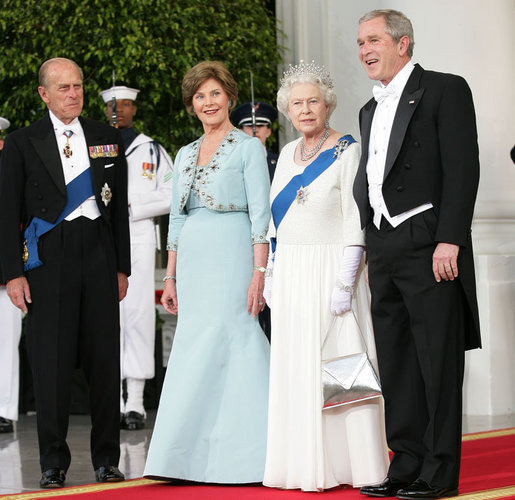
Notice how the tailcoat is still there? How it cuts back rather than slides down the same plane? Let’s look at Beast again, keeping this in mind:

Yup. That’s a tailcoat. In fact, look at those pants too. What do those look like?
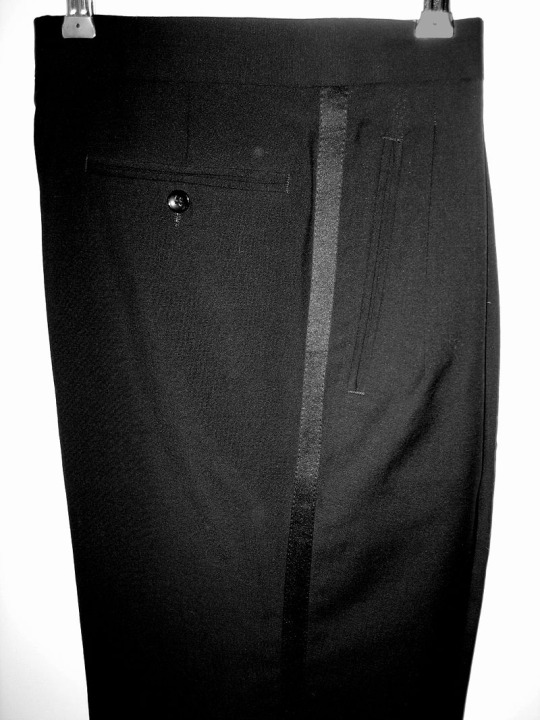
Oh, right, tuxedo pants with a side stripe. Which did not exist before The Great Male Renunciation.
But again you may be saying “You can’t base everything on evening dress! What about the others?! What about Lumiere and Cogsworth?!” Okay, let’s look at them. Human form, of course.

Firstly, I don’t exactly know what Lumiere is wearing there, why does he think an open vest (let’s not even try to call that a waistcoat) over shirtsleeves is going to fly at a royal party, but hey, let’s give him the benefit of the doubt of being an inanimate object for ten years, he’s still not totally up on sartorial codes.
So, his breeches and cuffs, those don’t look 19th OR 18th century. In fact, those breeches don’t look like breeches at all, they look like trunk hose, seen here on King James VI and I of Scotland and England (r. 1567/1603-1625) attributed to John de Critz circa 1605 (on display in the Museo del Prado in Madrid):

The cuffs also look 17th century as well, in fact if that’s supposed to be lace, it looks like the cuffs on van Dyck’s painting of Henri II of Lorraine painted 1634 (on display in the National Gallery of Art in Washington D.C):
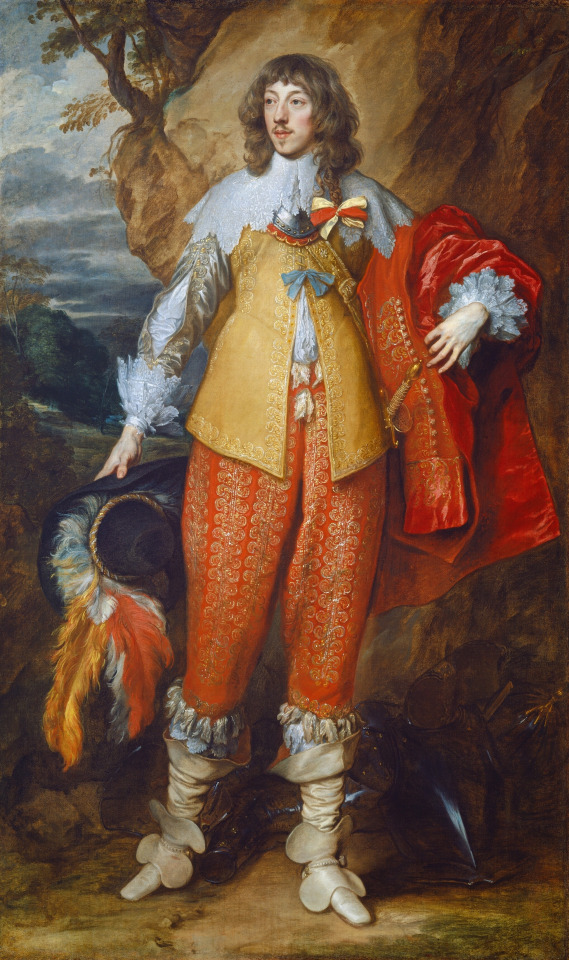
Why does Lumiere look so antique, even next to the theoretical timing of the 1760′s? Probably the same reason this member of staff at Buckingham Palace is dressed for the 1700′s (excepting the hat) while helping Kate Middleton with her wedding dress in 2011:

Servants of royal households (especially footmen) don’t exactly dress for the times, as it were. They get their livery and they wear it. You’ll see footmen dressed for the 1700′s as much as for the 1800′s nowadays, but in the 1800′s? Your footmen were livered for the previous century no doubt about it.
Cogsworth, as Head of the Household, has a bit more laxity about livery than Lumiere who is...never given a title. He’s just Lumiere. Cogsworth is Head of the Household, rather like a butler, Mrs. Potts is Housekeeper, and Lumiere is...well he’s Lumiere. For arguments sake let’s make him First Footman to be approaching equal status as the others and leave it at that.
Now you may be saying again, “But! Servants maybe aren’t great indicators, sure, but what about the town?! What about Gaston?!” Well, okay.

No one looks like a weird 19th century re-imagining of medieval eras like Gaston, I guess. Look at that tunic and hose. Looks more like Phillippe le Bon, Duke of Burgundy than a 1700′s man:

(Granted, Phillippe here is wearing poulaines, a popular long-toed shoe from the 15th c. rather than boots)
19th century re-imaginings of the medieval era were very common (looking at you, Viollet-le-Duc re-imagining what Notre Dame de Paris should have looked like). Dressing like it, maybe not. But nothing about Gaston says “1700′s” to me.

(Though, neither do these two kids with a turtle outside the bookshop during “Belle” so maybe this is a weird medieval town?)
Let’s take a look at when he’s dressed up to the nines for his “wedding” shall we? Just to keep it fair. Maybe he’s having an off day, sartorially during “Belle.”
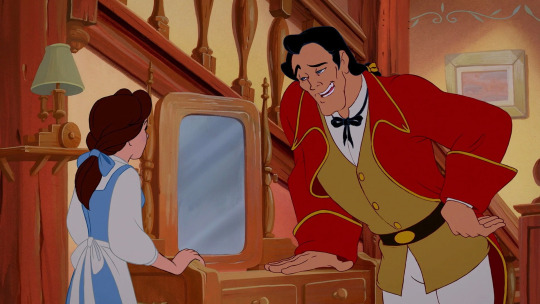
What’s that line in that wedding coat? It seems to move back into being tails like a tailcoat again. Let’s investigate further.

Yup. Sure looks like that diverts into being tails in this silhouette shot.
So Beast and Gaston are both dressed for the 19th century and Great Male Renunciation with those tailcoats, even if Gaston absolutely must keep to his color palette.
For the sake of covering all our bases, let’s talk about his gun for a second, too. Again, I am an art historian, not a military historian, so I’m not claiming to have full knowledge about all this, mind. But this gun looks like a blunderbuss to me.

Gaston’s gun

Ottoman Blunderbuss gun, Circa 1820 (private collection (Knohl Collection))
Notice the barrel shapes? You might even say Gaston’s is exaggerated for visual interest, but there was a very special gun auctioned off in 2016 by Woolley and Wallis, Auctioneers:

This is a “Fitzgerald patent flintlock signal trumpet, converted musket” that was “sold by appointment to Thomas Clio Rickman” by Willam Fitzgerald in the early 19th century and was patented in 1799.
Granted, this is not a common gun, it was patented, after all, but it does exist. And note the year of 1799, on the cusp of the 19th century, and certainly not the 1760′s.
Now you may be saying “But the Beast is a Prince! So it must be the 1700′s or the Revolution would have happened!”
The French Revolution of 1789 was a big deal, of course, and yes it did execute plenty “aristos.” Let’s not forget, however, that no one knew the Beast’s castle was there, so the Jacobins probably weren’t beating down the door of the castle anyway and planting liberty trees in the middle of Belle’s “poor provincial town” (unless that weird medieval kid was actually wearing a Phrygian Cap........)
But here’s something to keep in mind. Well, quite a few things.

When can a man have the title “Prince” in France? Well, the Ancien Regime, of course, and even further back than that. Let’s say Frankia as a starting point c.800 for clarity’s sake, all the way through 1792.
“Why not 1789? That’s the Revolution!” Well, it was the start of it, yes. And it was the storming of the Bastille. But the Revolution began with a period of a Constitutional Monarchy. It wasn’t officially a Republic until 1792, once Louis XVI’s head was in a wicker basket.
Moving on, you could be a Prince as well under Napoleon’s Empire, under the Restoration and the July Monarchy, and Napoleon III’s Second Empire. And even when those fell, people kept their titles. They weren’t getting murdered for them, after all.
Beast being a Prince does not necessitate him to have been alive before 1789. There’s a reason the 1800′s are called the Long Nineteenth Century, a lot of stuff happened really fast all the time. This list doesn’t even cover that time that the city of Paris became an anarchistic commune and so the National Guard was sent out to murder between 10,000 and 20,000 people for it.
All in all, “Beauty and the Beast” is styled to the 1800′s. It’s just obvious once you start looking at it and comparing it to the supposed time it’s equated to. Disney making it into the 1700′s in the live action remake is buying into incorrect readings of it, just like how they made the egg seller sing “That’s too expensive” during “Belle” when the original line is sung by this guy buying a jug.

38 notes
·
View notes
Photo

René Follet-Ikar Vol #1 The Little Barbarous Prince
21 notes
·
View notes
Note
ciao! per caso avresti musica/libri/film francesi da consigliarmi? studio francese all'uni e mi piacerebbe diventare un po' più fluente, tuttavia faccio fatica a trovare qualcosa di extrascolastico che mi prenda :(
ciao! certo, volentieri! c'è l'imbarazzo della scelta e non so cosa potrebbe piacerti quindi ti elenco un po’ di cose (per quanto riguarda la musica ho aggiunto anche alcuni artisti che conosco davvero poco, magari potrebbero essere proprio i più adatti ai tuoi gusti, chissà)
musica: noir désir, la femme, serge gainsbourg, jacqueline taïeb, édith piaf, charles aznavour, indochine, françoise hardy, jacques dutronc, georges brassens, jacques brel, charlotte gainsbourg, benjamin biolay, bérurier noir, maxime le forestier, france gall, isabelle pierre, alain bashung, brigitte fontaine, louise attaque, léo ferré, stromae, saez, babylon circus, plastic bertrand, têtes raides, jacques higelin.
libri: le petit prince, l'étranger, les liaisons dangereuses, manon lescaut, adolphe, bel-ami, l'élégance du hérisson, le spleen de paris, le silence de la mer, madame bovary, bonjour tristesse, le grand meaulnes, le diable au corps, une femme rompue, le poesie di musset, lamartine, baudelaire, rimbaud, verlaine, aragon, éluard, prévert.
film: jules et jim, la haine, le prénom, le fabuleux destin d'amélie poulain, les 400 coups, le feu follet, au revoir les enfants, plein soleil, la piscine, poi a me non fa impazzire ma potresti cercare qualcosa di godard (un paio di cortometraggi suoi e di rohmer erano su youtube, credo ci siano ancora) o di xavier dolan, che invece mi piace molto (anche se prima forse dovrai farci un po’ l'orecchio).
fammi sapere!
4 notes
·
View notes
Audio
Happy birthday to one of my newest favorite composers! This bio is long but take the time to read it, she led a fascinating life and deserved so much more credit for her amazing music.
Laura Constance Netzel (née Pistolekors), b. 1 March 1839 in Rantasalmi, Finland, d. 10 February 1927, Stockholm, grew up in Stockholm and was both pianist and composer (from 1874 onwards using the sobriquet ‘Lago’). She studied composition under Wilhelm Heintze in Stockholm and Charles-Marie Widor in Paris. For many years she also worked as a concert arranger and orchestral director. Most of her compositions are in late Romantic, chromatic style, with touches of contemporary French music, and her work received coverage not least in French music journals.
Laura Constance Pistolekors was born on 1 March 1839 in Rantasalmi, Finland, the youngest of six children. Her mother Emilia (née Malm) died in childbed soon after giving birth to Laura, and the father, collegiate assessor Georg Fredrik Pistolekors, took the family to live in Stockholm when Laura was a year old.
She showed a talent for music from a very early age. Her musical education began under the tuition of Mauritz Gisiko, one of Stockholm’s most sought-after piano teachers. Later she studied singing under the opera singer Julius Günther and piano playing under the Viennese virtuoso pianist Anton Door, who visited Stockholm for the first time in 1857. That same year, aged 18, she made her public début as a pianist, playing Ignaz Moscheles’ piano concerto in G minor with Hovkapellet (the Royal Court Orchestra). Subsequently she took part in several chamber music evenings and in concerts given by Harmoniska sällskapet (the Harmonic Society).
It was not, however, as either singer or pianist but as a composer that Laura Netzel gradually made a reputation for herself. Her composition tutors in adult years included, for example, the organist and conductor Wilhelm Heintze in her home city of Stockholm and, later on, Charles-Marie Widor in Paris. When, at the age of 35, she made a successful début as composer using the sobriquet ‘Lago’ (later on also ‘N. Lago’) with a couple of unaccompanied choruses for women’s voices at one of the Harmoniska sällskapet’s concerts, many people wondered who the composer could be. The following year she presented the beautiful lied ‘Fjäriln’, which made such an impression at one concert that it was encored and caught the attention of composers August Söderman and Ludvig Norman, among others.
‘Lago’s’ compositions were very popular with assistant musicians performing in between the main divisions of concerts. Her development did not come to a standstill after her début as a composer, but her true identity was not revealed until 23 January 1891, when the women’s magazine Idun carried a picture and biography, introducing its readers to Laura Constance Netzel, née Pistolekors, married since 1866 to the eminent gynaecologist Professor Wilhelm Netzel. In addition, the magazine included a previously unpublished, but twice performed and acclaimed, ‘song at the piano’, namely ‘Morgonen’, to words by Johan Ludvig Runeberg. Idun highlights Netzel as a pioneer among Swedish women composers, declaring her compositions to betray ‘masculine strength of inspiration and craftsmanship’.
Netzel’s grandest works include Stabat mater for choir, soloists, organ and instrument combinations, dedicated to Crown Prince Gustaf. It was first performed in 1890, in Östermalm Church, at a charity concert under the Crown Prince’s patronage. Even if − ‘of course’, according to Idun − it was found wanting by comparison with works by acknowledged male masters, it still demonstrated that it was not impossible for a women to ‘penetrate the deeper shafts of creative musical art’. A year later the composition was given an orchestral accompaniment instead of the organ part. In 1898 it was published by Gounin-Ghidone in Paris and acclaimed, for example, in Le monde musical, Le progress artistique and Journal musical. It was reviewed and greatly commended in Gazette Liège and in Romania musicala (Bucharest), which found it a very remarkable piece, distinguished by ‘melodic inspiration, coupled with genuine religious feeling’, while the vocal part was judged to be ‘executed with much competence and aesthetic taste.’
The period between the disclosure of her identity and some time after the turn of the century proved to be Netzel’s most active time as a composer. Swedish newspapers and the specialised musical press frequently reported favourable reviews abroad, most often in the Parisian press but also in Germany, Spain, England and Romania, where her music was considered bold, original and shot through with a Nordic tone. Her most popular compositions included the violin pieces Feu follet (1892) and Berceuse et Tarantelle (1894), as well as the song ‘Voici la brice’ (1895), betraying the influences of more recent French music.
‘Professorskan’ (professor’s wife) Laura Netzel devoted much of her energy to charity and public causes. By arranging concerts and bazaars she furthered the creation of Skansen, Stockholm’s famous open-air museum. Single-handed or in partnership with others, she launched innumerable organisations for the relief of poverty and distress in the Swedish capital. Together with the French pastor Henri Bach she founded a foundation for homeless women, and together with Maria Wærn she started the Samariten organisation in the Södermalm district of Stockholm.
Starting in 1892, Laura Netzel organised musical evenings and, every Saturday from October to April, music soirées for music lovers among the working class population of Stockholm. The whole thing had to be attractive and beautiful, and she was intent on regaling her audiences with the best possible music, with a new programme for every occasion. First she rented premises in Malmskillnadsgatan, then Sveasalen in Hamngatan and finally the auditorium of Vetenskapsakademien (the Royal Academy of Sciences) in Norrtullsgatan. The ballad singer Sven Scholander took part in the very first concert. The violinists Sven Kjellström and Julius Ruthström joined in later, along with singers Märta Petrini, Signe Rappe and Rosa Grünberg. Conservatory students were sent off to attend the workers’ concerts, and Netzel herself conducted both choir and orchestra. She always made sure that only the public for whom the concerts were intended were actually admitted. She was summoned to Paris to organise similar concerts featuring the uppermost French performers, much to the delight of press and public, but following her return to Sweden the interest died down. The workers’ concerts in Sweden also ended in 1908. To a great extent it was the movie theatres that forced her to terminate these activities.
Netzel maintained an outstanding intellectual and physical resilience well into her old age. As late as 11 February 1925 the youthful old lady played her own compositions from memory together with orchestral leader Kjellström. She died on 10 February 1927, survived by a son and two daughters. Her life was described as full, bright and replete with blessings in the service of art and human love.
In 1895, the Women’s exhibition from past to present in Copenhagen invited women composers in the three Scandinavian countries to submit their works for anonymous appraisal. The entries comprised five cantatas, five violin suites and eight choral collections. The jury consisted entirely of men: Victor Bendix, Peter Erasmus Lange-Müller and Franz Neruda. None of the violin compositions found favour in their eyes, but Valborg Aulin was awarded as prize of 200 crowns for her women’s choruses with piano accompaniment. None of the five opening cantata entries received, Netzel’s among them, was judged worthy of the full 300 crowns prize money, and the jury deplored the inability, due to illness, of the foremost women composers Agathe Backer Grøndahl and Helena Munktell to take part in the competition. Laura Netzel and Elisabeth Meyer from Denmark were awarded the prize of 300 crowns to share between them, by way of encouragement, but although Netzel was commended for ‘superior skill and loftier aspiration’, the exhibition was opened to Meyer’s music, as being ‘on the whole most suitable for performance’.
As a species of compensation for the treatment of her cantata, Laura Netzel’s violin suite was performed at one of the women’s exhibition’s soirées, but the reviewer Robert Henriques termed it ‘at best horrendous’. The Stockholm press, and especially Aftonbladet’s Adolf Lindgren, notoriously pilloried the complexity of Netzel’s music: ‘Lago seems’, he wrote on one occasion, ‘to have a genuine horror of being simple and clear’, and subsequently he found her music ‘too intricate’ or ‘somewhat prolix and therefore none too lucid’. Other, similar reviews of her works reveal the tendency for music reviewers to prefer technical complexity in male, not female composers.
Sometimes ‘manliness’ is ascribed to her works and to performances of the same, a ‘manliness’ which probably clashed with the music reviewers’ attitude to women. We are not readily informed what these ‘manly’ attributes consisted of or which of them ‘Lago’ and other women might possibly use (or desist from using) in order to pass muster. When ‘Lago’ chose to write in a less ‘womanly’ style or in ‘manly’ genres, this was remarked on in music journals and daily papers both in Sweden and abroad. For example, in one review of her humoresques (1890) she was counselled to exert herself in favour of a less contrived harmonic texture, because this impeded comprehension and performance of the composition.
Reference to (lack of) masculinity or femininity served as a highly gratifying strategy in the appraisal of ‘Lagos’s compositions, which, according to the Idun article, were characterised by ‘a modulatory artifice and harmonic garb not commonly found among women composers’. Reviewers daring to defy ‘received wisdom’ by viewing ‘Lago’ in a positive light, even in her bolder styles and grander formats, point to her exceptionality among women composers. In The Musical Courier (New York), the French musicologist Eugène Borrel argued in 1905 that ‘Lago’ encountered difficulties in the cultural sphere due to her being a woman composer, and that a man would have been given quite a different reception. Some of what may be termed the qualitative criteria of the time may, it seems, be bound up with general notions of what constituted legitimate culture and of who was entitled to define it.
The Idun article in 1891 also declared women’s achievements in performing arts as far more brilliant than in the creative arts, while at the same time pointing out that, given the same conditions as those applying to men, women composers would be able to achieve works of art rivalling the best compositions by men. Here sceptics are urged to respond to women composers with open, enquiring minds, and among those composers Netzel is accorded pride of place. Agradeço ao professor Fred Nable pela sugestão de postagem.
3 notes
·
View notes
Text
Trouble Every Day (Claire Denis, 2001)

Wings Of Desire (Wim Wenders, 1987)
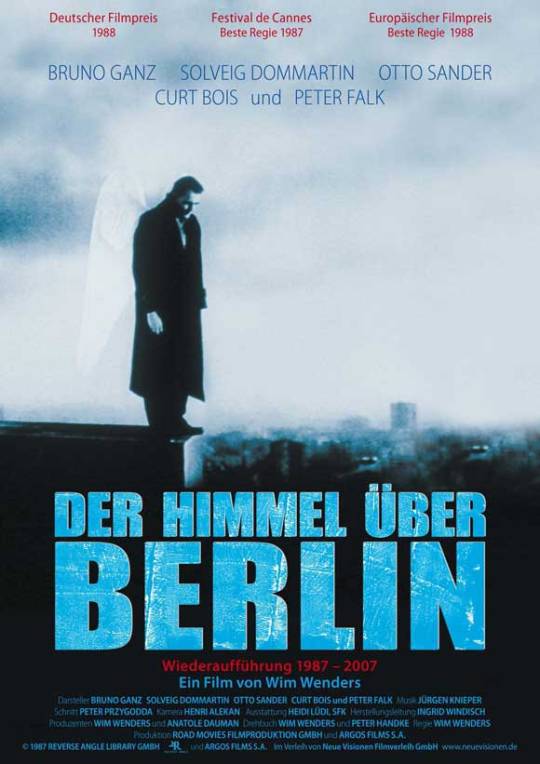
Sympathy For The Devil (Jean-Luc Godard, 1968)
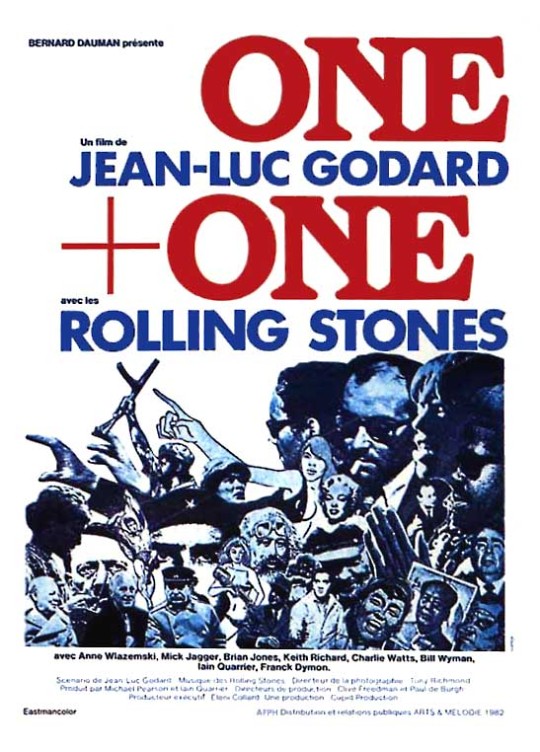
Dekalog (Krzysztof Kieslowski, 1989)

Russian Ark (Aleksandr Sokurov, 2002)

Tale Of Tales (Yuriy Norshteyn, 1979)
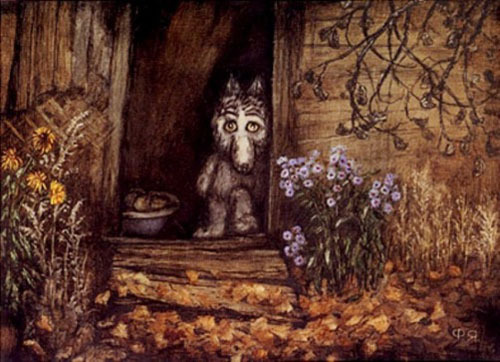
Time Regained (Raoul Ruiz, 1999)

Aguirre, der Zorn Gottes (Werner Herzog, 1972)
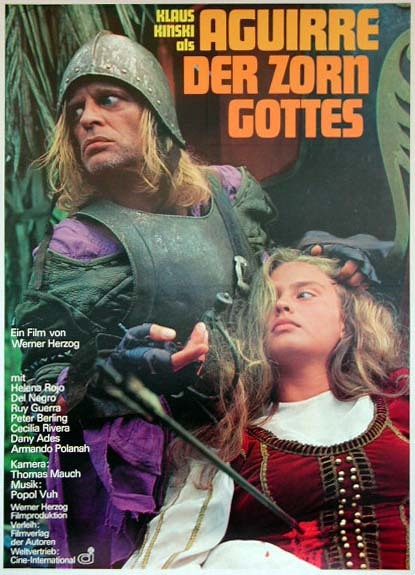
Grey Gardens (Albert & David Maysles, Ellen Hovde, Muffie Meyer; 1975)
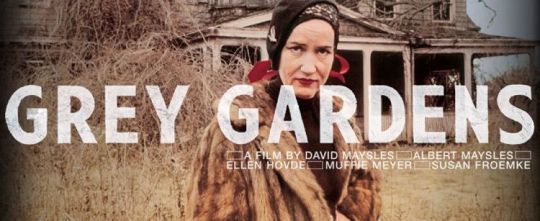
One From The Heart (Francis Ford Coppola, 1981)
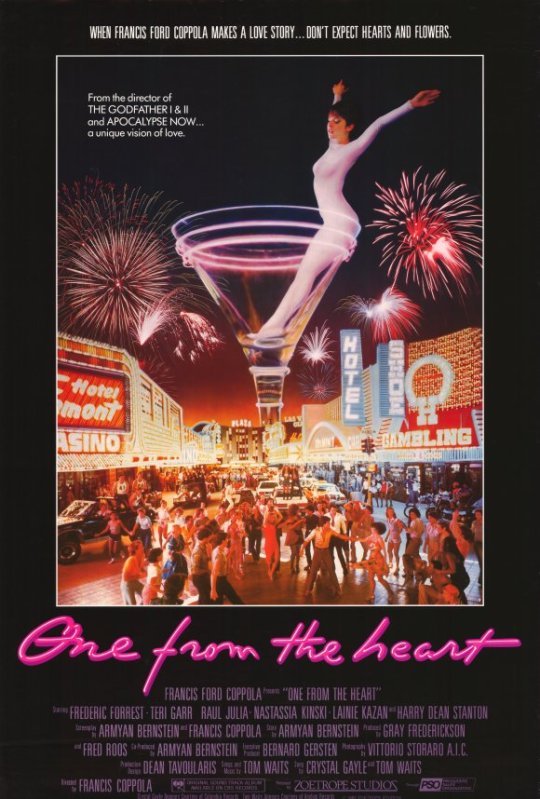
Man With A Movie Camera (Dziga Vertov, 1929)

Dogville (Lars von Trier, 2003)

Sombre (Philippe Grandrieux, 1998)
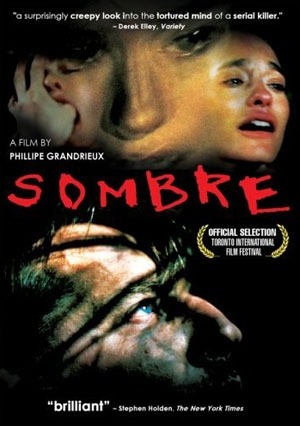
Cul-de-sac (Roman Polanski, 1966)

The Brown Bunny (Vincent Gallo, 2003)
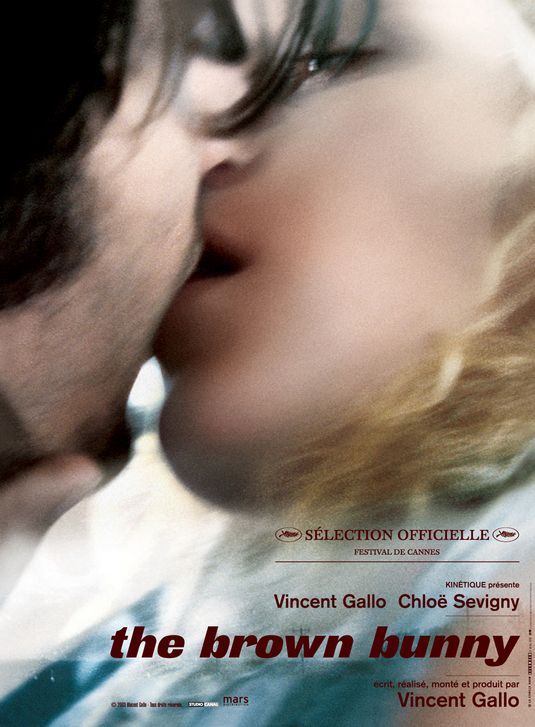
Le feu follet (Louis Malle, 1963)

The Swimmer (Frank Perry, 1968)
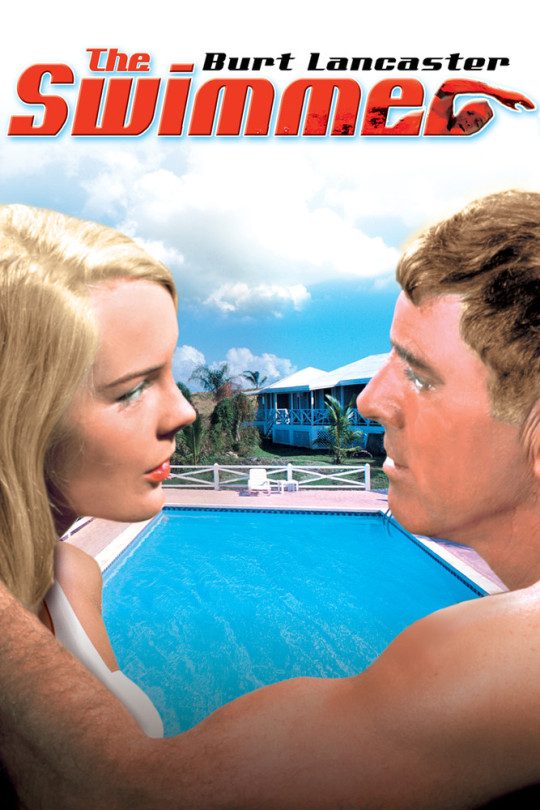
A Special Day (Ettore Scola, 1977)

La maman et la putain (Jean Eustache, 1973)
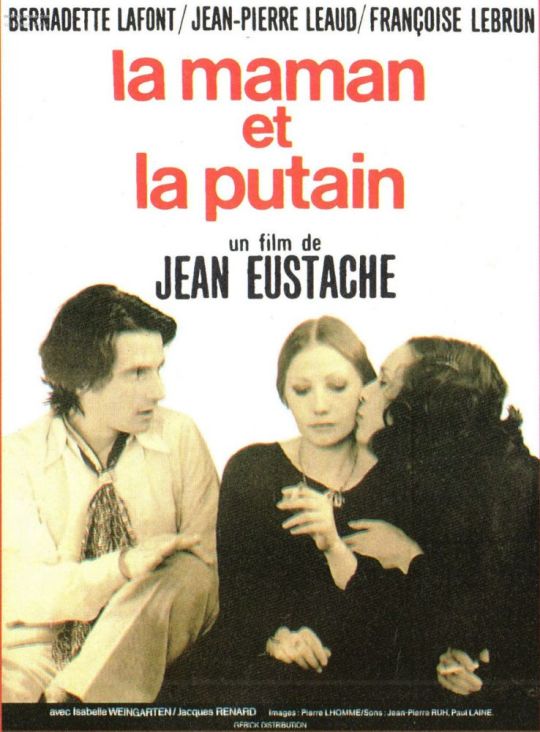
The Battle Of Algiers (Gillo Pontecorvo, 1966)

The Big Lebowski (Joel & Ethan Coen, 1998)
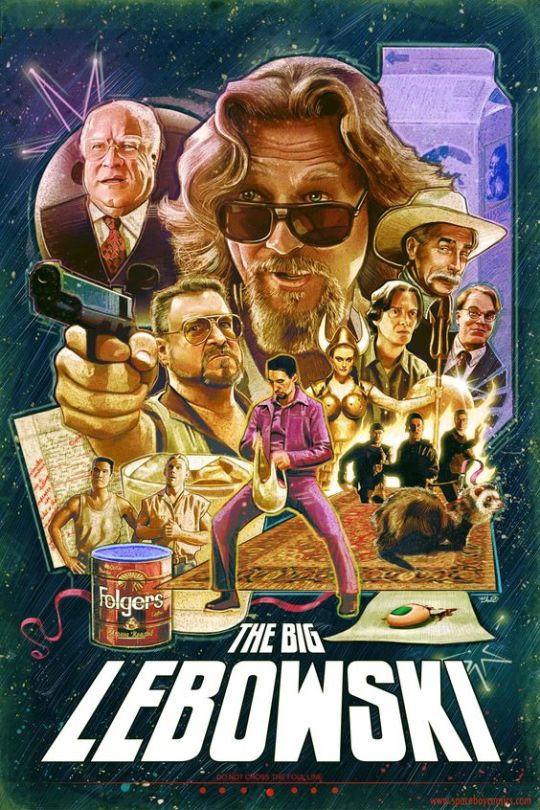
Touch Of Evil (Orson Welles, 1958)
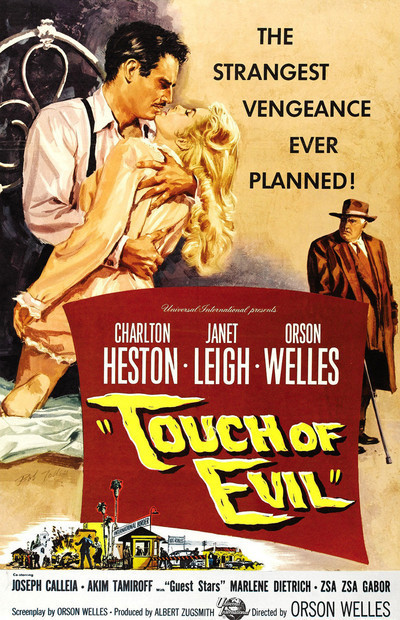
Playtime (Jacques Tati, 1967)

The Long Goodbye (Robert Altman, 1973)
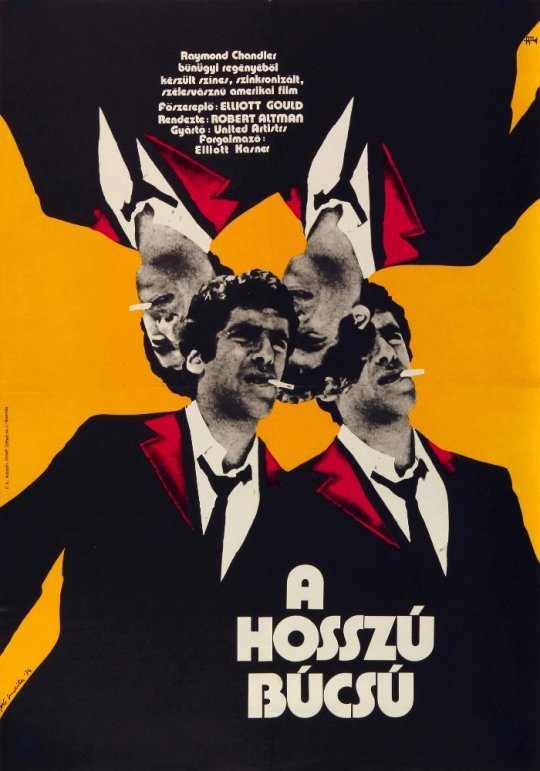
Goodbye, Dragon Inn (Tsai Ming-liang, 2003)

Rashomon (Akira Kurosawa, 1950)
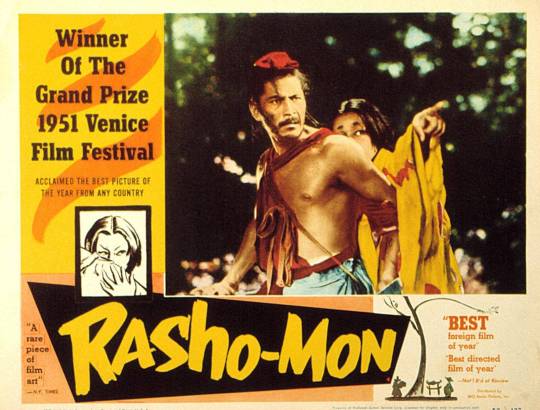
Eternal Sunshine Of The Spotless Mind (Michel Gondry, 2004)
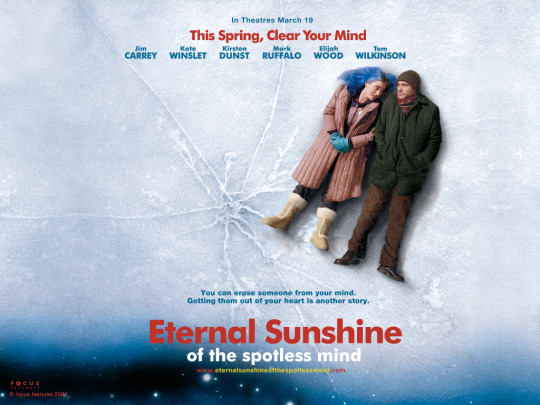
A Summer's Tale (Eric Rohmer, 1996)

The Turin Horse (Béla Tarr, Ágnes Hranitzky; 2011)
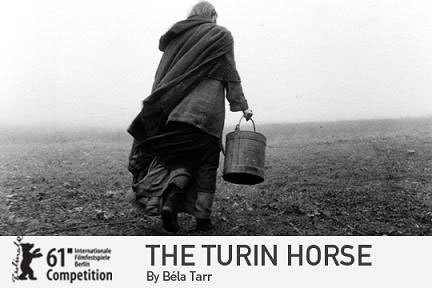
Baby Doll (Elia Kazan, 1956)
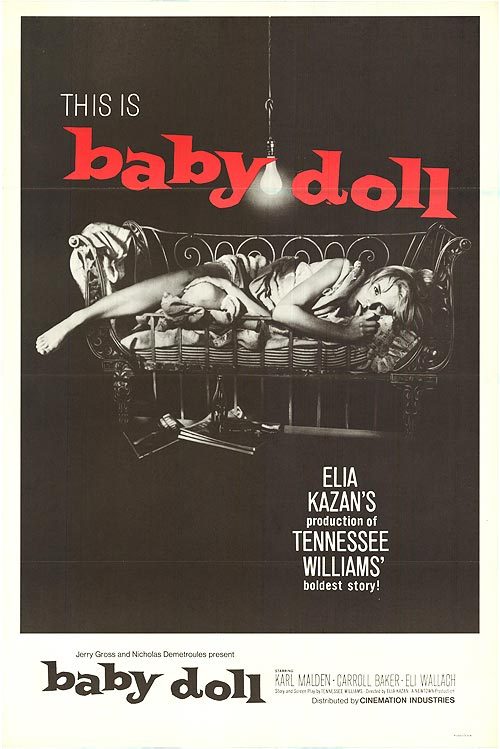
Daisies (Vera Chytilová, 1966)

Unsere Afrikareise (Peter Kubelka, 1966)

Thérèse (Alain Cavalier, 1986)

La jetée (Chris Marker, 1962)

Le gamin au vélo (Jean-Pierre & Luc Dardenne, 2011)
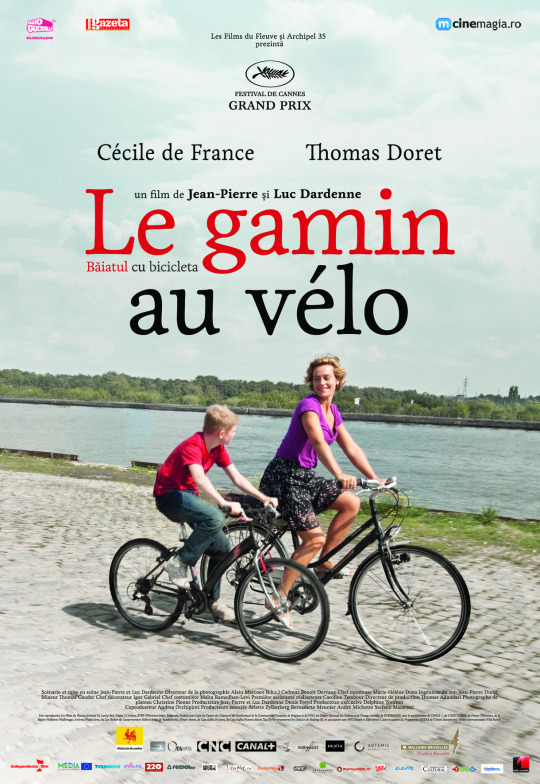
Les 400 coups (François Truffaut, 1959)

The Piano (Jane Campion, 1993)

I'm Not There (Todd Haynes, 2007)

Killer Of Sheep (Charles Burnett, 1978)
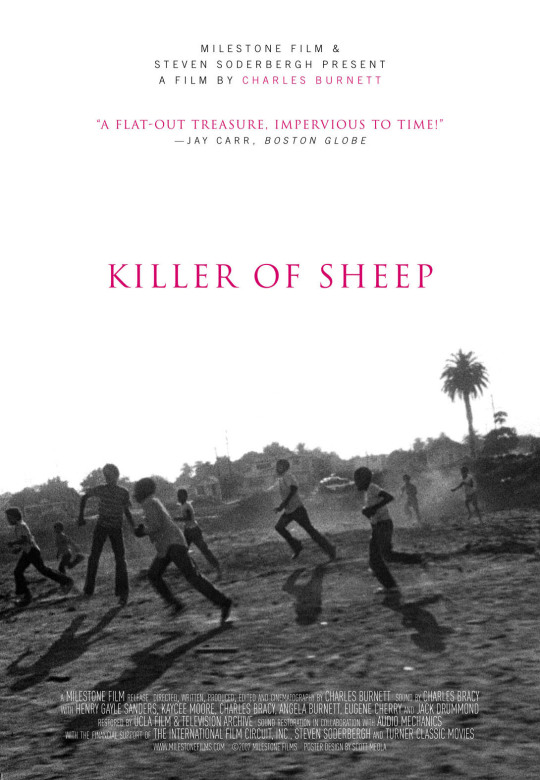
The Piano Teacher (Michael Haneke, 2001)
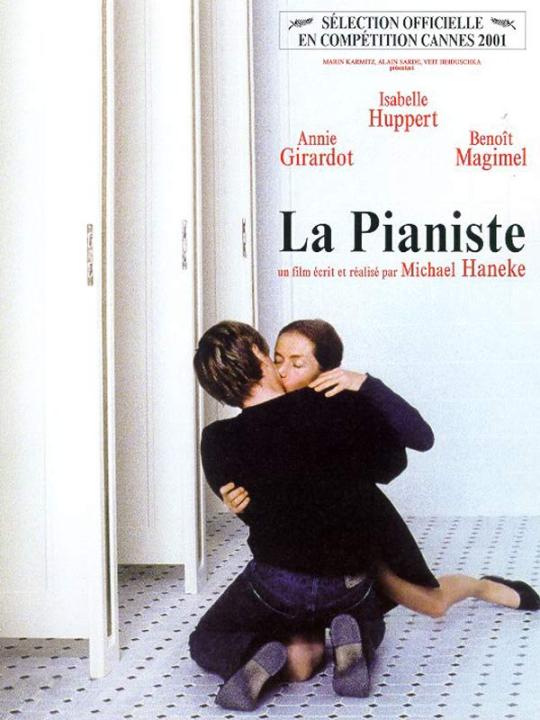
Dead Man (Jim Jarmusch, 1995)
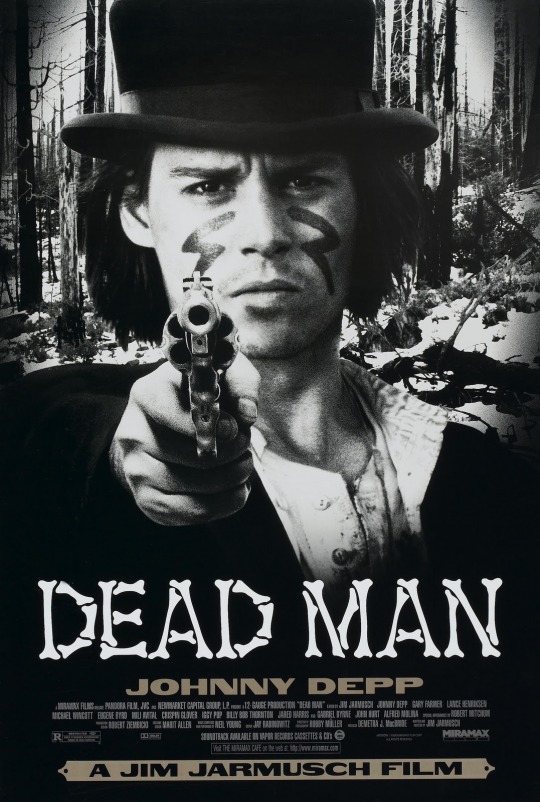
The Women (George Cukor, 1939)

Pickpocket (Robert Bresson, 1959)
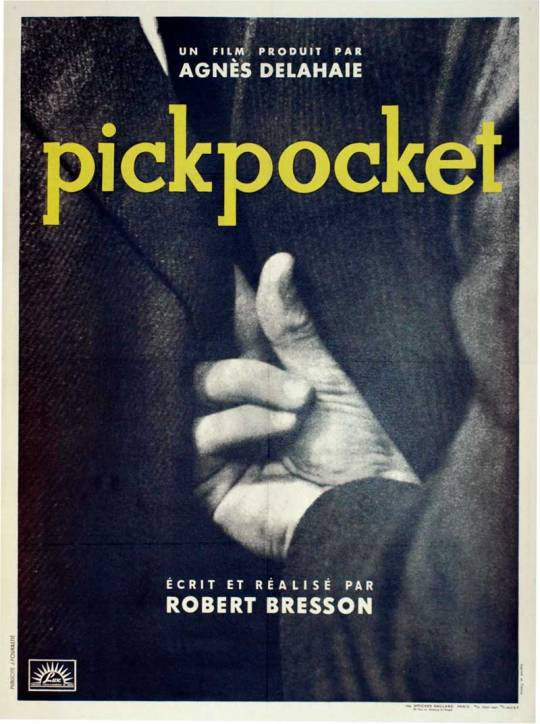
Paper Moon (Peter Bogdanovich, 1973)

Don't Look Back (D.A. Pennebaker, 1967)
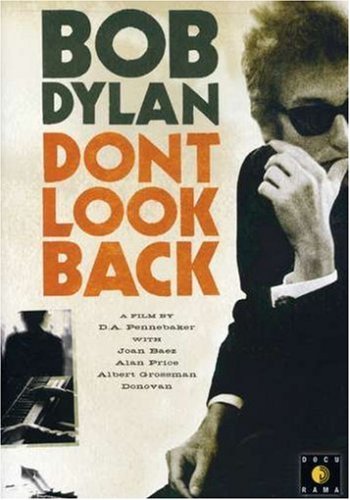
Little Fugitive (Ray Ashley, Morris Engel, Ruth Orkin; 1953)
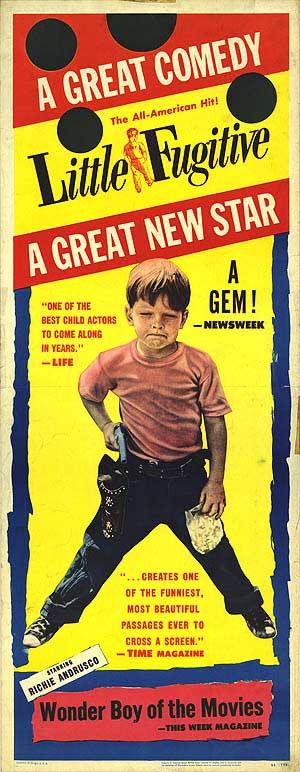
Midnight Cowboy (John Schlesinger, 1969)
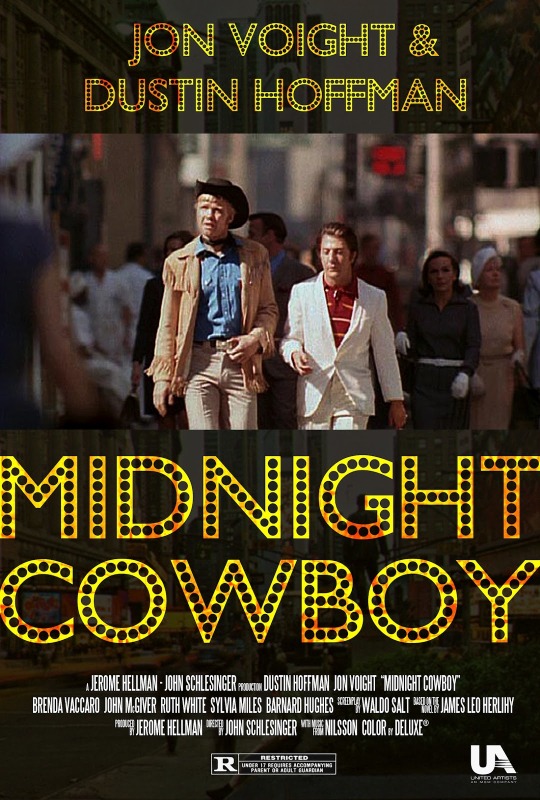
The Night Of The Hunter (Charles Laughton, 1955)

The Ice Storm (Ang Lee, 1997)
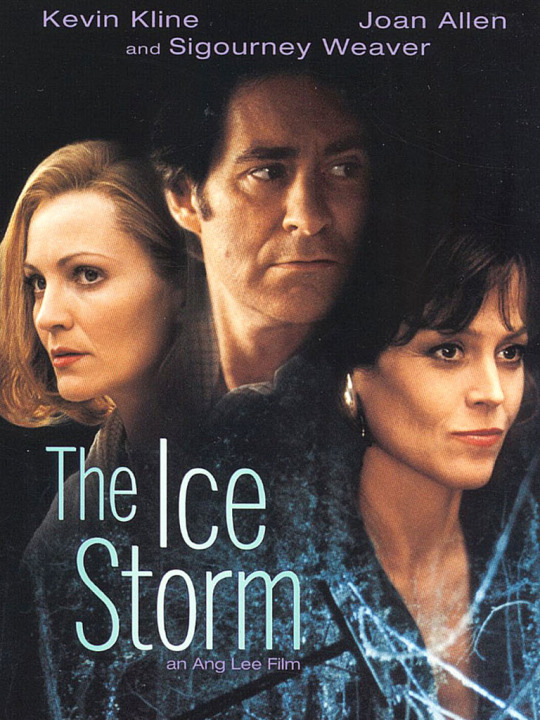
Man On The Moon (Milos Forman, 1999)

Eyes Wide Shut (Stanley Kubrick, 1999)
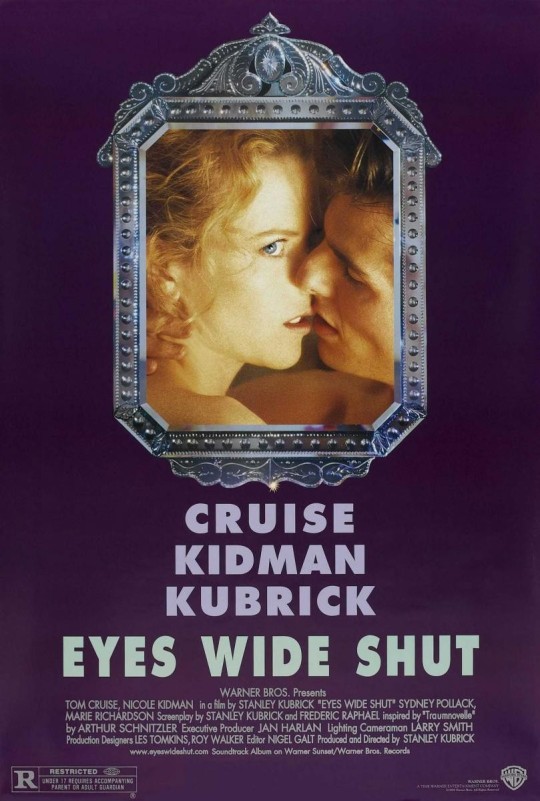
Enter The Void (Gaspar Noé, 2009)

Snatch (Guy Ritchie, 2000)
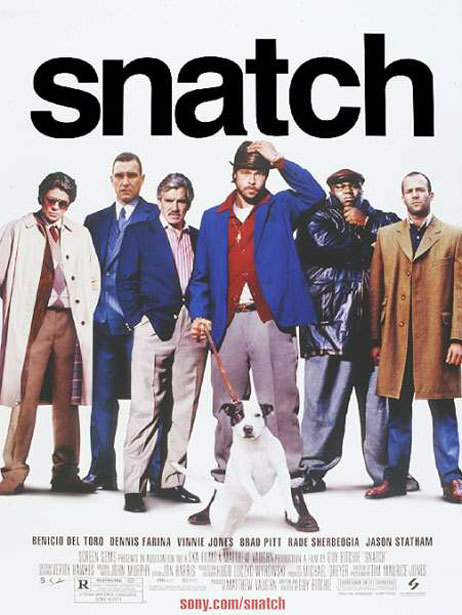
The New Land (Jan Troell, 1972)
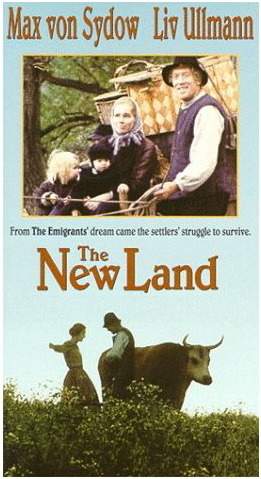
Los olvidados (Luis Buñuel, 1950)

Border Radio (Allison Anders, Dean Lent, Kurt Voss; 1987)
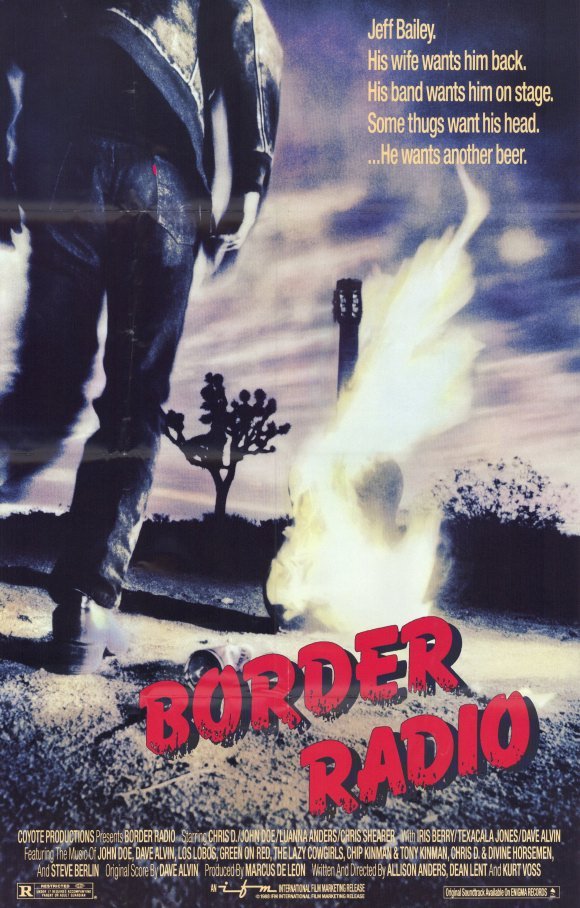
Vertigo (Alfred Hitchcock, 1958)
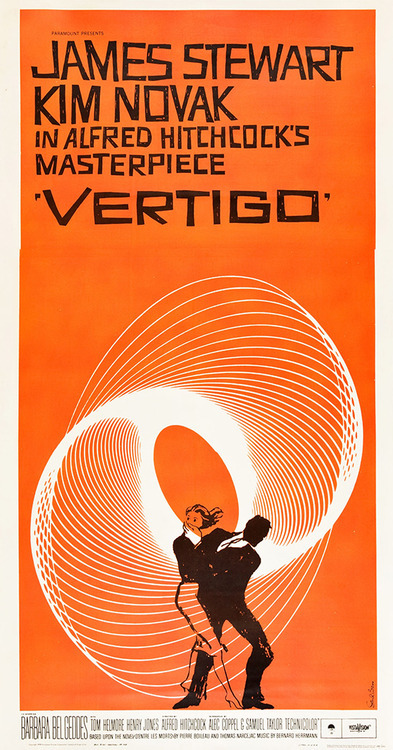
The Adventures Of Prince Achmed (Lotte Reiniger, 1926)

Les triplettes de Belleville (Sylvain Chomet, 2003)

Brief Encounter (David Lean, 1945)
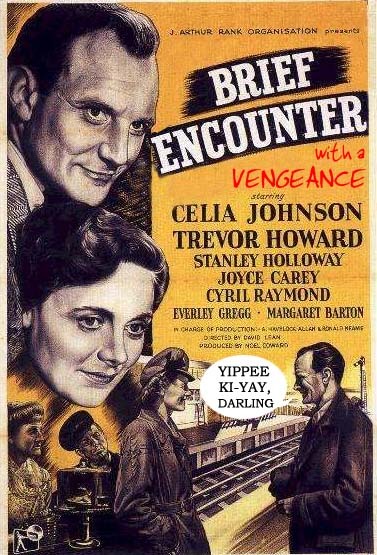
Gare du Nord (Jean Rouch, 1965; segment of Paris vu par... )

Vagabond (Agnès Varda, 1985)
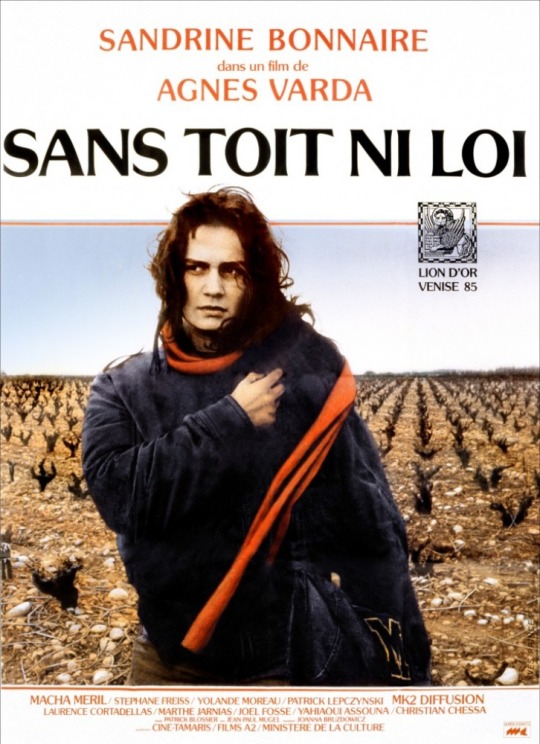
Slap Shot (George Roy Hill, 1977)
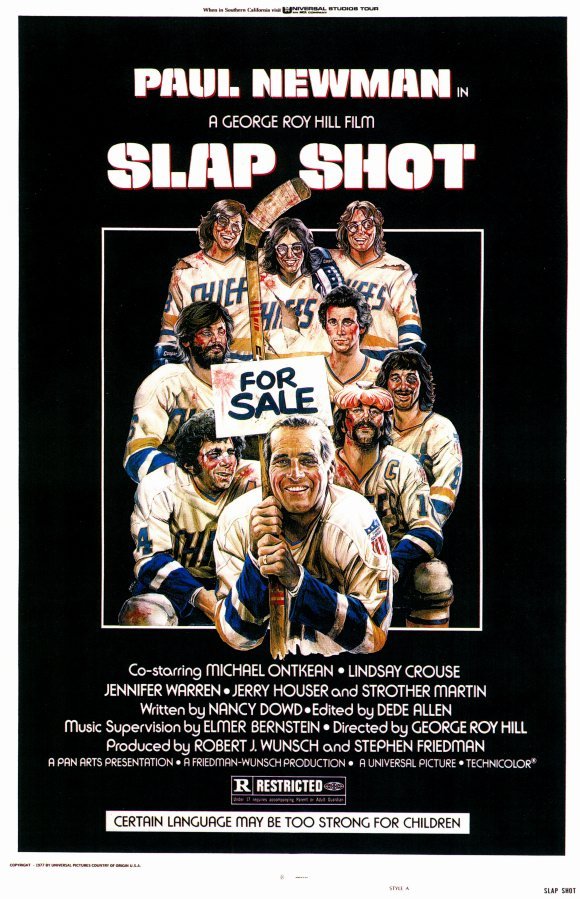
Le sang d'un poète (Jean Cocteau, 1932)
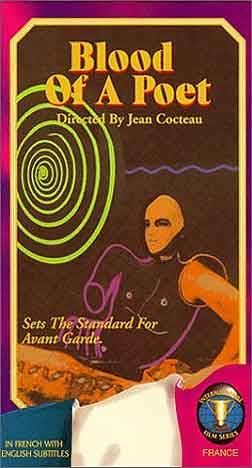
Breathless (Jim McBride, 1983)
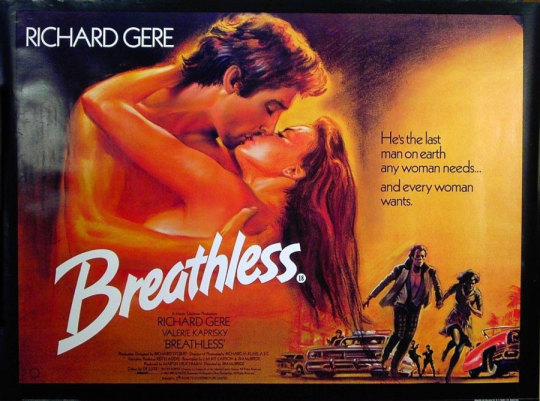
Stop Making Sense (Jonathan Demme, 1984)
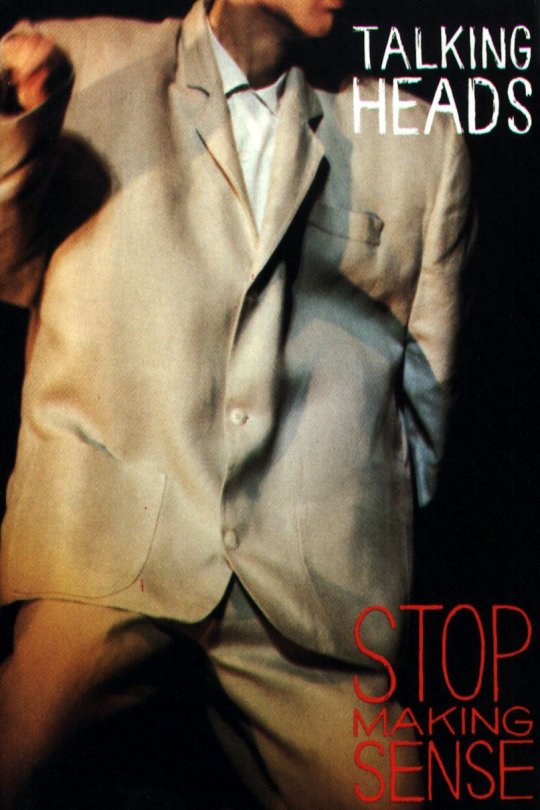
Upstream Color (Shane Carruth, 2013)
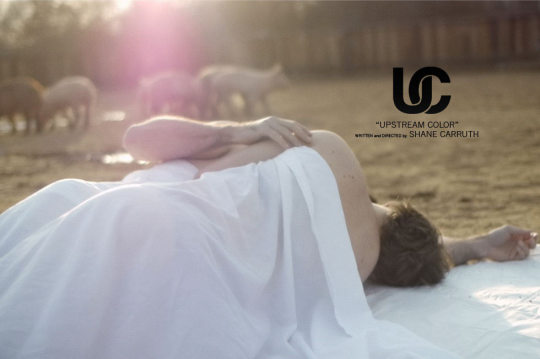
Saturday Night And Sunday Morning (Karel Reisz, 1960)
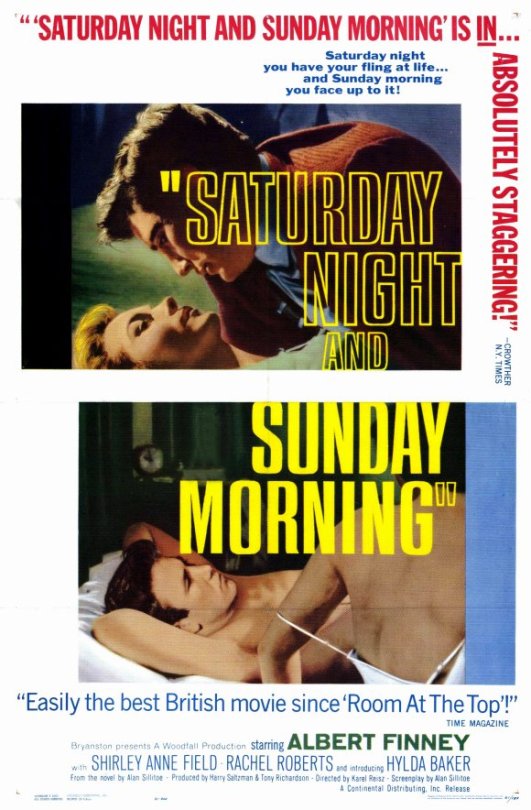
Gadjo dilo (Tony Gatlif, 1997)

Rebel Without A Cause (Nicholas Ray, 1955)
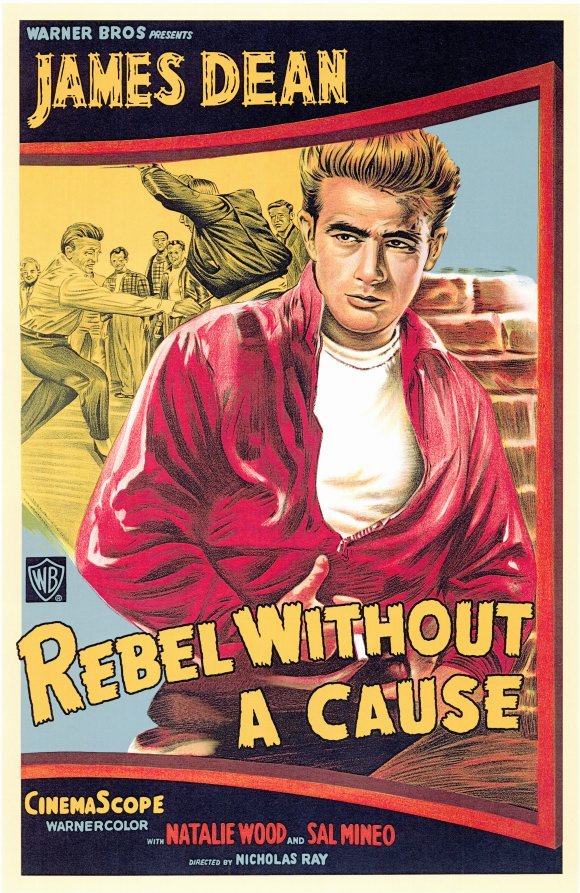
A.K.A. Serial Killer (Masao Adachi, 1969)
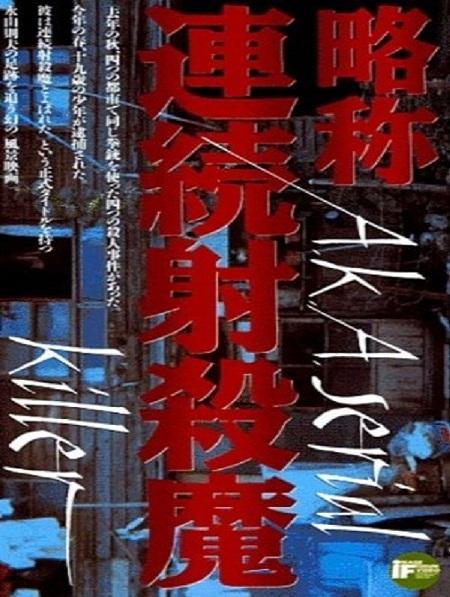
The King Of Comedy (Martin Scorsese, 1982)
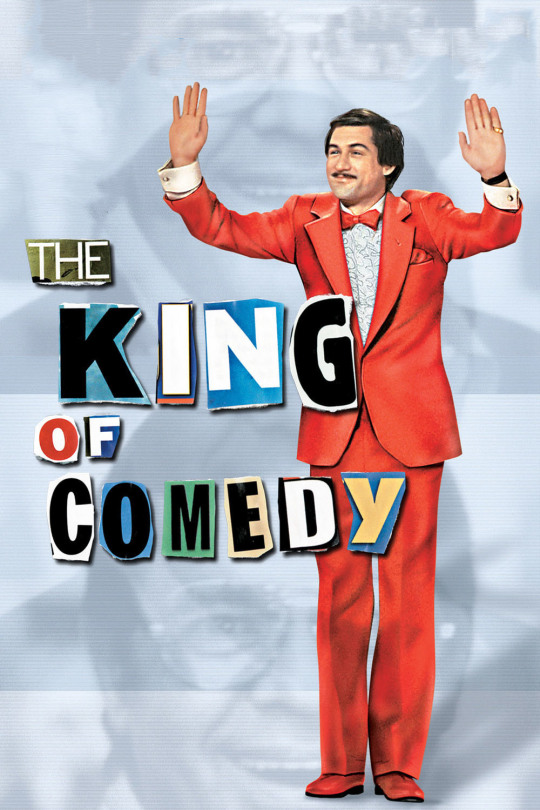
The Hours (Stephen Daldry, 2002)
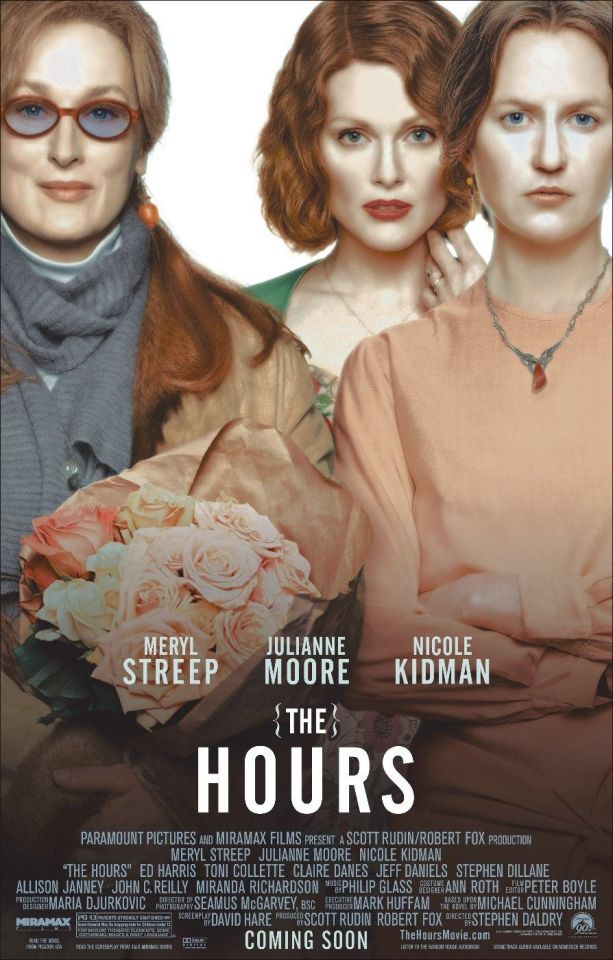
In A Lonely Place (Nicholas Ray, 1950)
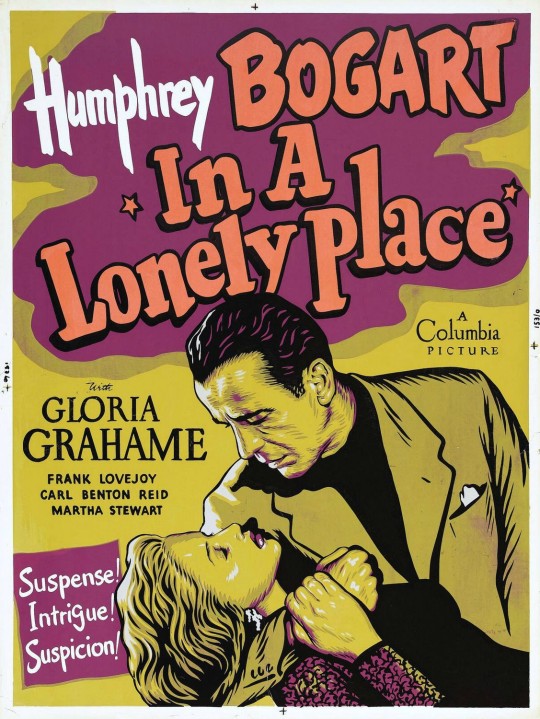
The Honeymoon Killers (Leonard Kastle, 1969)
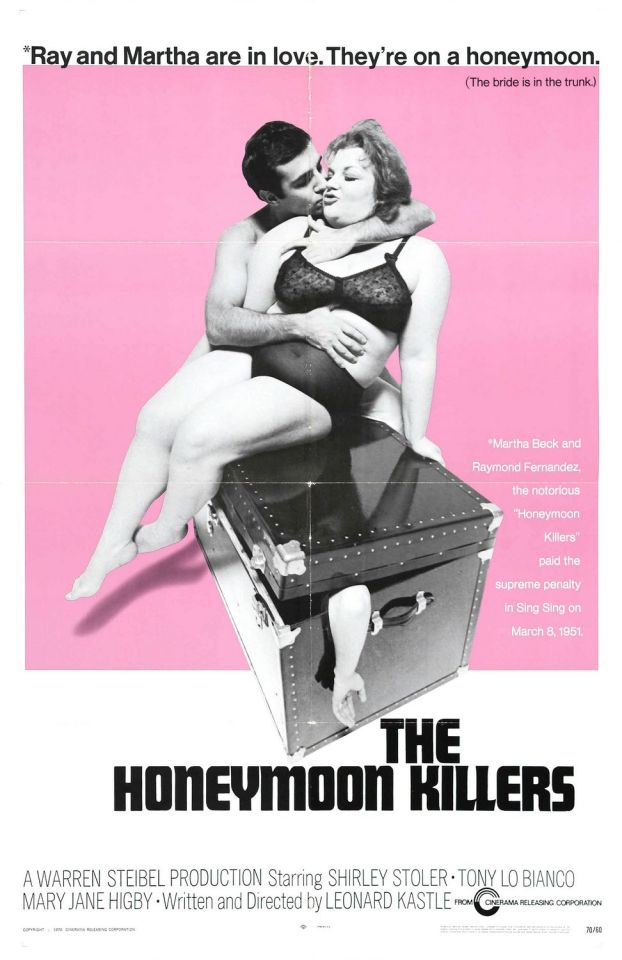
Meshes Of The Afternoon (Maya Deren, 1943)

When We Were Kings (Leon Gast, 1996)
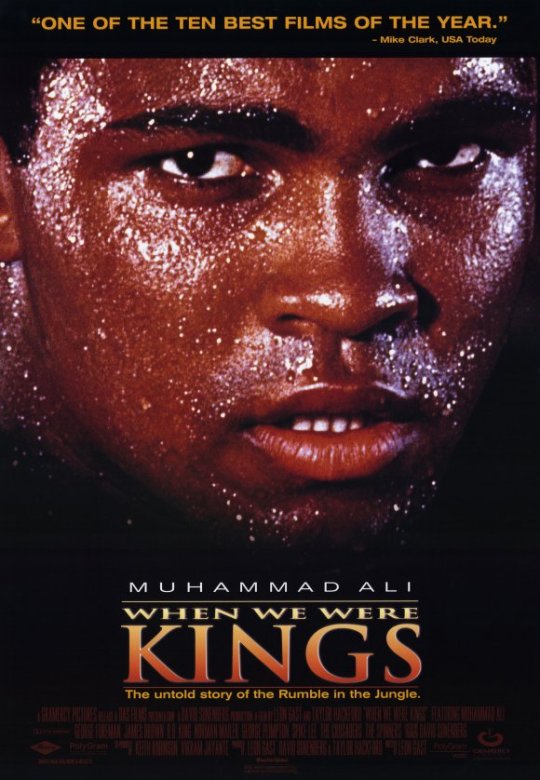
Broadway Danny Rose (Woody Allen, 1984)
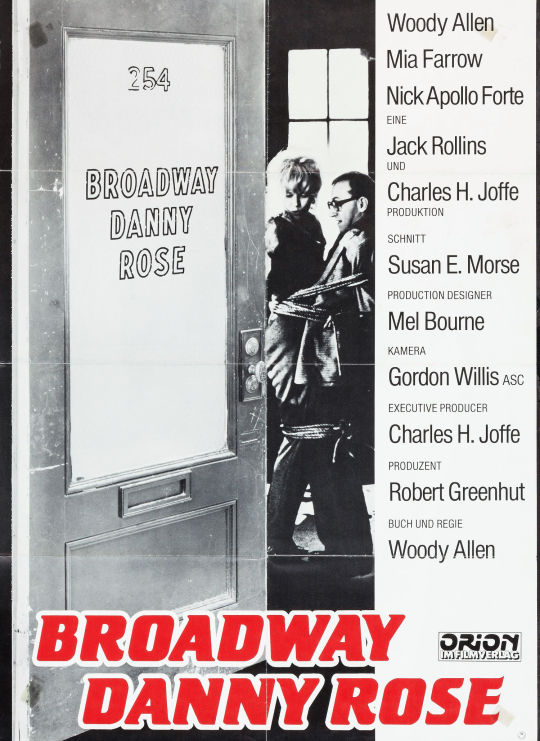
A Woman Under The Influence (John Cassavetes, 1974)

To The Wonder (Terrence Malick, 2012)
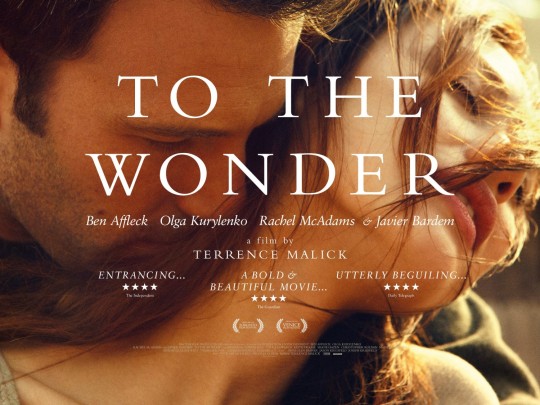
Beavis And Butt-head Do America (Mike Judge, 1996)
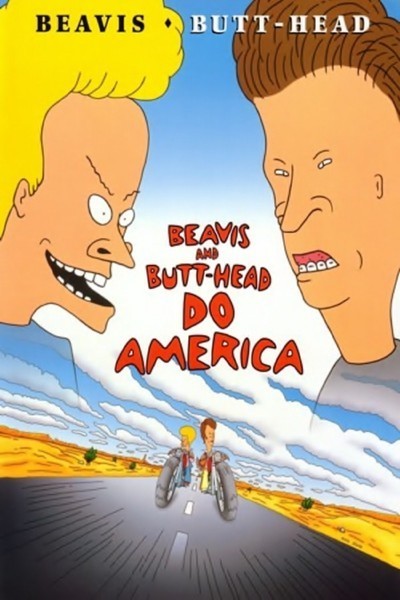
Araya (Margot Benacerraf, 1959)
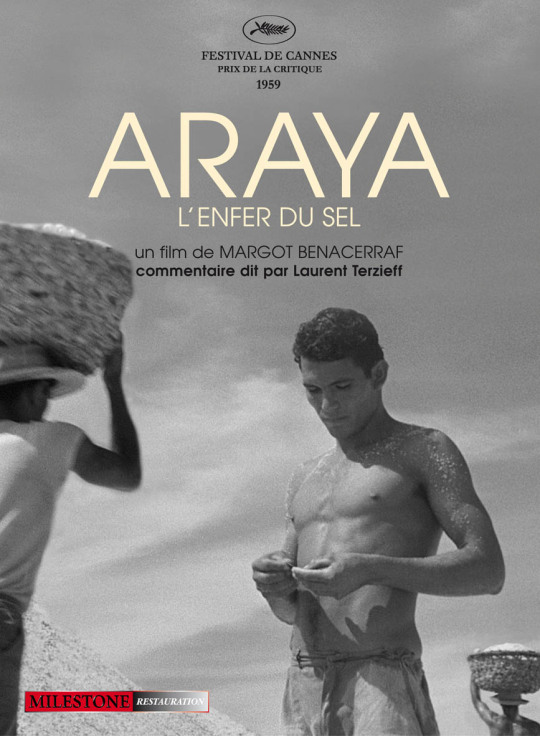
Kes (Ken Loach, 1969)
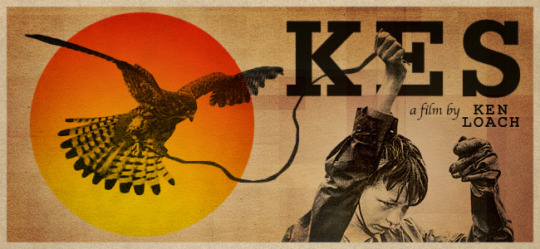
Skammen (Ingmar Bergman, 1968)

Duel (Steven Spielberg, 1971)

The Bridges Of Madison County (Clint Eastwood, 1995)
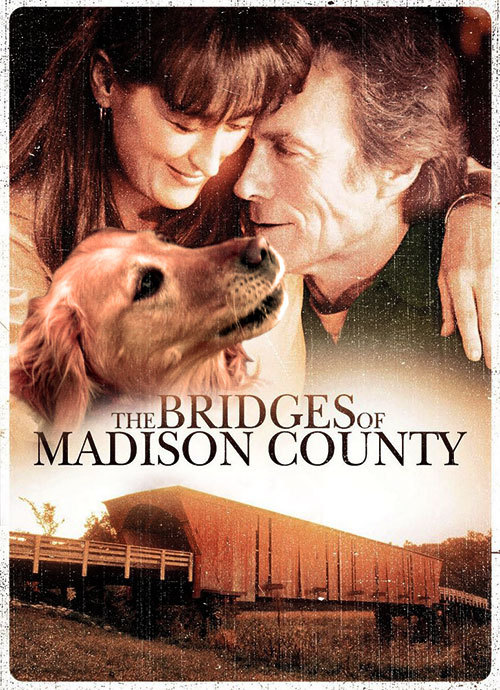
The Man Who Fell To Earth (Nicolas Roeg, 1976)

Roma città aperta (Roberto Rossellini, 1945)
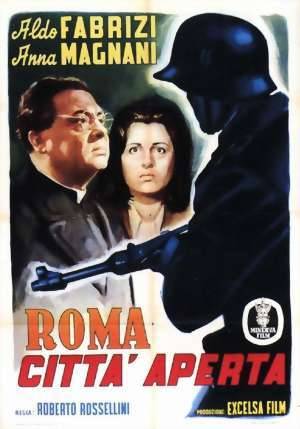
Diva (Jean-Jacques Beineix, 1981)
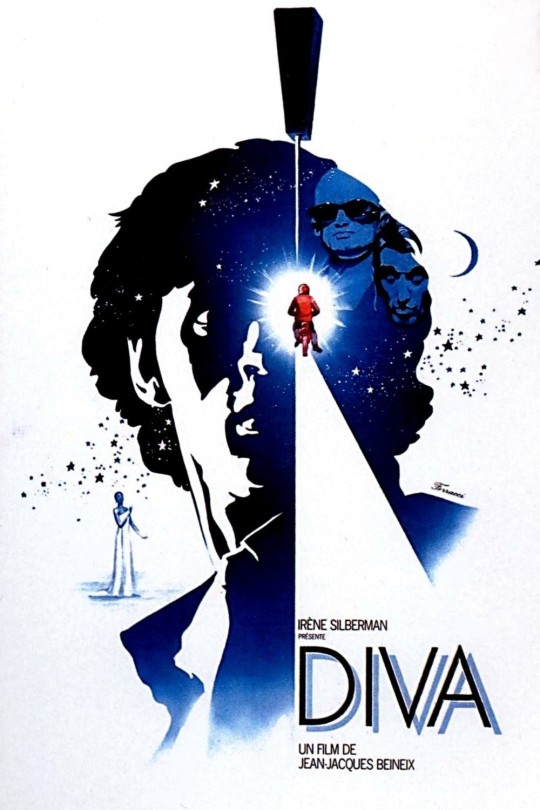
Limite (Mario Peixoto, 1931)

The Fountain (Darren Aronofsky, 2006)
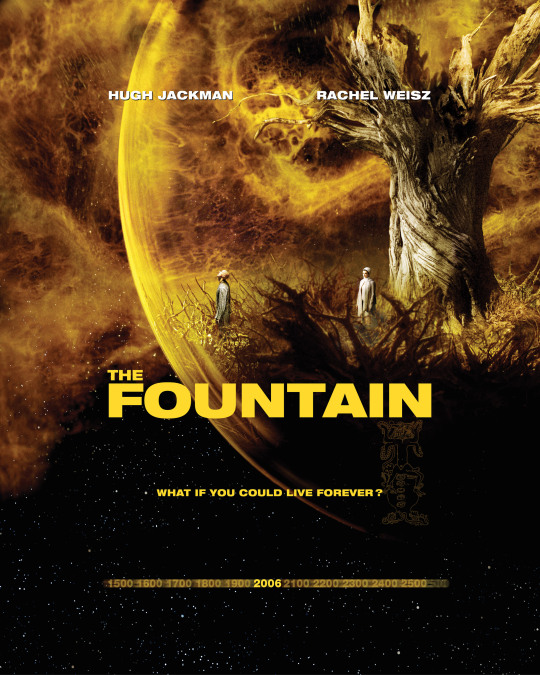
La cérémonie (Claude Chabrol, 1995)
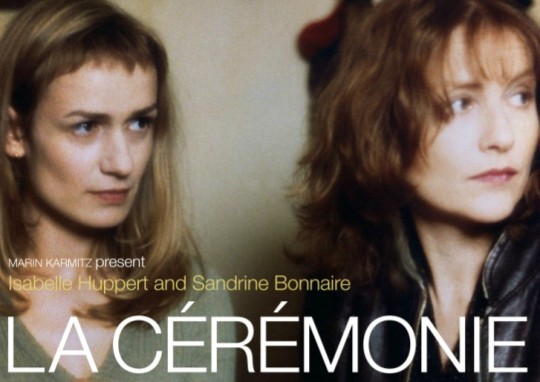
The Draughtman's Contract (Peter Greenaway, 1982)

Amour fou (Jessica Hausner, 2014)

Happiness (Todd Solondz, 1998)

Hausu (Nobuhiko Obayashi, 1977)
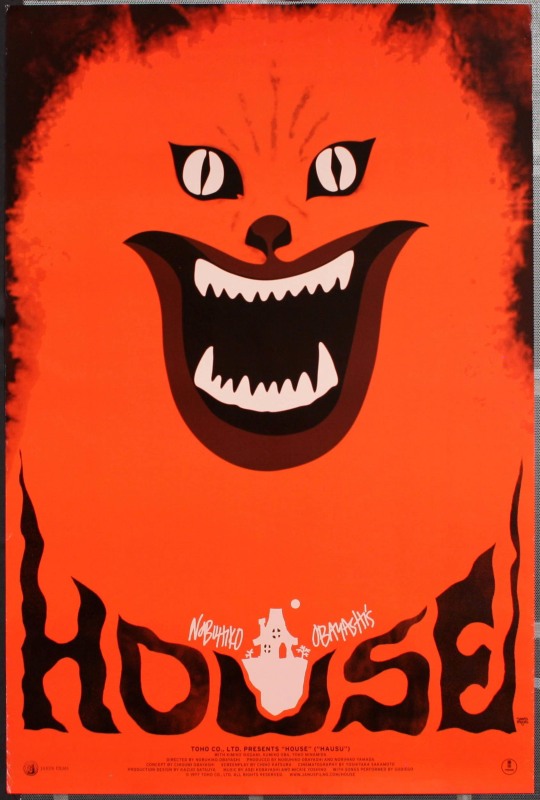
Before The Devil Knows You're Dead (Sidney Lumet, 2007)

Gomorra (Matteo Garrone, 2008)
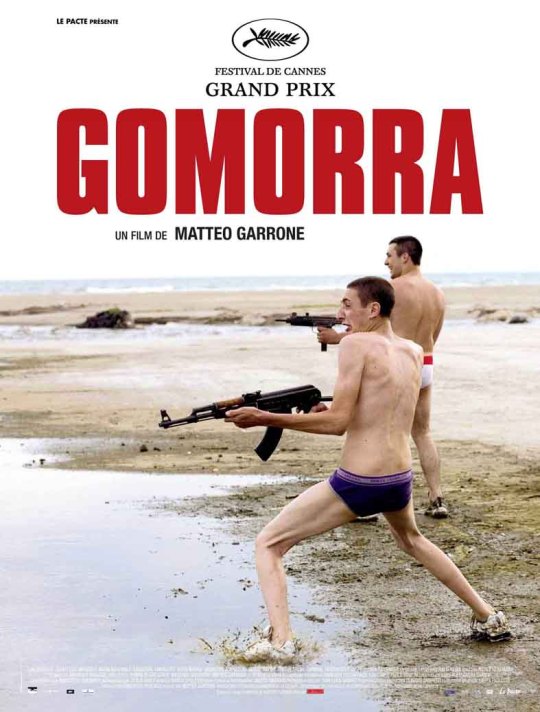
The Full Monty (Peter Cattaneo, 1997)
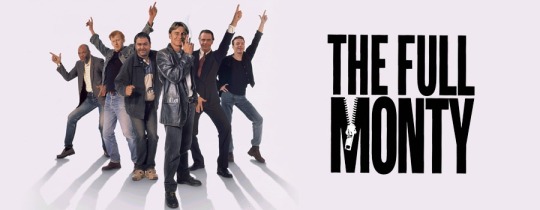
Låt den rätte komma in (Tomas Alfredson, 2008)

15 notes
·
View notes
Text
NY drinks NY wines: History and hybrids

New York Wines: Disaster in the Beginning
Historians have documented the fact that grapes were first introduced to New York by the Dutch (1647-1664); sadly, the crops failed. A few years later, the French Huguenot settlers in Ulster County tried to plant European varietals (1667) and they too were unsuccessful.
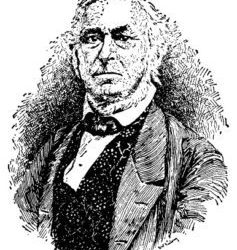
William Robert Prince (1795—1869)
Finally, in 1816 the Isabella grape was planted by William R. Prince (a descendant of Thomas Prince, an early Governor of the Plymouth Colony) in Linnaean Gardens (Queens, NY) and 2 years later (1818), Elijah Fay planted the first vineyard in Chautauqua County.

A few years later (1827) the first commercial vineyard and winery in the Hudson Valley opened (planted by Richard Underhill on Croton Point on the Hudson River). The Underhill’s are considered to be the first dynasty in American viticulture. It is the size and longevity of these vineyards that gives them the right to be considered the real founders of the wine-growing industry in New York.
Two years later (1829), in his rectory garden, the Revered William Bostwick planted the first vineyard in the Finger Lakes (Hammondsport, NY). Bostwick encouraged his neighbors to plant cuttings from the few Isabella and Catawba vines he was growing.

However, it took another decade for the wine industry to go commercial in the Hudson Valley. Finally, in 1839 Jean Jacques opened Blooming Grove (later rebranded as Brotherhood Winery) and by 1853 the Concord grape variety (introduced by Ephraim Bull of Concord, NH) became a popular wine and table grape. The Taylor Wine company entered the industry in 1880, followed by Widmer’s Wine Cellars in 1888 – placing New York on the world’s wine-making map. These enterprises produced sparkling and dessert wines (including ports and sherries), as well as table wines.
Wineries Expand
The Farm Winery Boom took place in the 1960s-1970s with new winery entrepreneurs. The entries included Benmarl Wine company and Cascade Mountain Vineyard (Hudson River Region), with Bully Hill Vineyards and Dr. Konstantin Frank’s Vinifera Wine Cellars in the Finger Lakes.
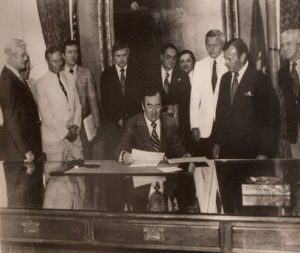
The Farm Winery Act (1976) opened the door to ownership and operations for a winery to produce less than 50,000 gallons of wine per year and sell directly to the consumer on the farm; today farm wineries can produce up to 150,000 gallons per year and can market wines to restaurants, retail and wholesale trade. As the Act evolved, it allowed winemakers to buy grapes from other New York growers and sell their wines in the same system, as long as the wines were made with 100 percent New York grapes.
Wineries continued to increase (1976-2017), reaching approximately 405, with 302 in Federally recognized viticulture regions: 20 in Lake Erie, 129 in the Finger Lakes, 62 in the Hudson River Region, 76 on Long Island, 7 I along the Niagara Escarpment and 7 in the Champlain Valley of New York with 103 wineries in other areas of the state.
Size Matters
Most new wineries are small, family-operated and focus on limited production of premium varietal table wines with the entire process, from planting of vines to wine marketing, controlled by the family. In addition to winemaking, visitors to the wineries are able to experience tours of the vineyards, and wine tastings and this aspect of the industry attracts 3 million tourists to New York each year.
NY Wine Industry Today
Today, New York is the nation’s third largest wine producing state with average annual production of approximately 20-million gallons. New York has 10 officially recognized viticulture areas that are compared to the French, “appellations of origin” and include Lake Erie, Niagara Escarpment; Finger Lakes; Seneca Lake; Cayuga Lake; Hudson River, Long Island; The Hampton, Long Island; North Fork of Long Island; and Champlain Valley of New York.
8th Annual NY Drinks NY. Workshop Focus

At a recent New York drinks NY wine event, scholars, sommeliers, buyers, sellers, and writers convened to learn about some of the unique hybrid grapes growing in New York State.

NY’s Hybrid Grapes
What is a hybrid grape? Hybrid grapes are grape varieties that are the product of crossing two or more Vitis species. They are also referred to an inter-specific crossing or “Modern Varieties” and have excellent tolerance to powdery mildew, other fungal diseases, nematodes and phylloxera.

New York Hybrid Grapes Presented
At the NY Drinks NY event, Sommelier Pascaline Lepeltier, MS and viticulturalist Mike Colizzi of the Cornell Agriculture Experiment Stations, Geneva, NY, presented a few of New York State’s hybrid grape varieties, including:
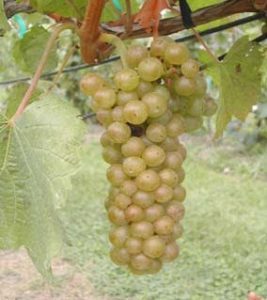
Vignoles. Developed by J. F. Ravat, a French hybridizer (1929), Vignole is a cross between Pinot Noir and a Seibel hybrid. Viticulture characteristics include: Hardy, late-ripening and moderately vigorous vine; moderate yielding with small, compact clusters. They are, however, susceptible to powdery mildew and bunch rot and capable of acquiring “noble rot” which, thankfully, produces excellent late harvest wines.
Vilification: Cool, tank fermentation; no malolactic fermentation; no barrel aging. Vignola’s are always finished with at least 1 percent residual sugar and frequently used to make sweet, late-harvest wines. Vignoles present an aromatic and tropical fruit nose but is somewhat one-dimensional and the natural high acidity must be balanced with sweetness. Late harvest wines have a strong aroma of apricot.
Demand for Vignoles is growing due to numerous awards in major competitions of late harvest and ice wines. These grapes can make high quality table wines and consumers are learning that it pairs well with spicier versions of Mexican and Oriental cuisine.

Traminette. (Formerly known as NY65.433.13). Officially introduced at the 4th International Symposium on Cool Climate Viticulture and Enology in Rochester, NY (July 1996), the Traminette is the result of a cross of Janes Serve 23.146 x Gewurztraminer by H.C. Barrett in 1965 at the University of Illinois.
Originally intended to be a table grape with Gewurztraminer flavor characteristics, this grape is distinguished by its superior wine quality combined with good productivity, partial resistance to several fungal diseases and cold hardiness. It is a late mid-season white wine grape that produces wine with pronounced varietal characteristics likened to one of its parents, Gewurztraminer.

Baco Noir. Monsieur Francois Baco (1865- 1947), was a teacher, living in Belus, Landes, Armagnac Province, France (south of Bordeaux). This French-American hybrid grape variety is produced as a red wine in NY State.
Its origins date back to 1894 when Baco crossed Follet Blanche (a traditional grape variety used to make brandies in Armagnac) with an unknown member of the New World’s Vitus riparian family (also known as “riverbank” or “riverside” grapes that are found along the banks of the eastern part of North America from southern Canada to the Gulf of Mexico to the Rocky Mountains). The intention was to create phylloxera-resistant vines that retained their French character. Baco was bred in 1902 and commercially released in 1910.
Light to medium body, with good acidity and a preference for cooler climate, Baco Noir is a grower-friendly alternative to Pinot Noir. If Baco is left on its skins for more than 7 days as it ferments – it can, with care, have many big Bordeaux-like qualities. It has a robust and aromatic flavor – cedar, tobacco, leather and chocolate. The complex fruit flavors include black cherries, black berries and prunes. It may also present herbal notes of black pepper, licorice, cinnamon and eucalyptus.
Baco, made in a lighter style, is reminiscent of a Burgundian Pinot Noir that presents a rich nose whose fruits trigger memories of red raspberries, black raspberries, blueberries, cherries and strawberry jam. The herbal notes include more muted flavors of lavender, black pepper, mint and licorice.
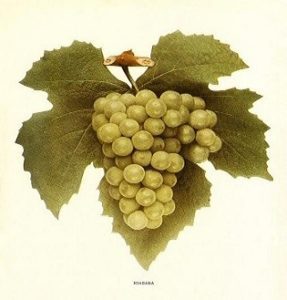
Niagara. This is a light-skinned hybrid variety grown mainly in the northeastern US, particularly around the Great Lakes Region. Created in the NY country of Niagara in the mid-19th century from the Concord grape variety (perhaps a cross between a wild Vitis labrusca variety and an unknow Vitis vinifera variety) and the labrusca Cassady. Wines from Niagara are light and present a “foxy” aroma.
Niagara is a high-yielding grape that is resistant to harsh, continental winters. It can be made into wines as diverse as Burgundian Pinot Noirs, Bordeaux-like Cabernet Sauvignons, light young fall wines or nouveaux, and even rosé. It presents a deep color, lots of berry and plum fruit, and delivers high acid levels that pair well with barbecued meats. It also ages well.

Marechal Foch. The grape is a cross of Gold Riesling and riparia/rupestris hybrid and made by Eugene Kuhlmann of Alsace. Viticulture characteristics include: vigorous and early-ripening, small to moderate yields of small, loose clusters of blue-black grapes. This hybrid is disease resistant and withstands hardy winters although early bud breaks can result in damage to shoots by late spring frosts.
For additional information, visit newyorkstatewinegrapegrowers.org.
© Dr. Elinor Garely. This copyright article, including photos, may not be reproduced without written permission from the author.
Travel News | eTurboNews
Original Article
The post NY drinks NY wines: History and hybrids appeared first on Tripstations.
from Tripstations http://bit.ly/2v4YQJD via IFTTT
0 notes
Text
The Princess Bride, Dir. Rob Reiner
The Princess Bride, Dir. Rob Reiner
He didn’t fall? Inconceivable! You keep using that word. I do not think it means what you think it means. The Princess Bride est un film de Rob Reiner sorti en 1987. C’est une comédie fantastique et romantique américaine basée sur le roman éponyme de William Goldman paru en 1973. Que peut bien faire un petit garçon cloué au lit par la grippe, condamné à écouter les conseils des grands et même de…
View On WordPress
#années 80#buttercup#feux-follet#film#humperdinck#inigo montoya#pirate#prince#princesse#roi débile#the princess bride#vintage#westley
1 note
·
View note
Text
Je note que même tumblr me propose de "Ajouter quelque chose, si vous le voulez"
J'aimerais bien qu'on vivent un amour et une amitié sincère comme Thrall et Taretha Foxton mais elle elle a eu le courage de choisir de penser que la horde n'était pas si mauvaise après leur avoir donné une chance
Retourne avec tes génocide néo-jaina proudmoor tes camps de concentration et tes princes fous on a d'autres gronn à fouetter que les penchant revanchard d'un faction dont chaque races sont la cause d'un cataclysme différent de wow
Ps:désolé pour l'arbre on s'attendait à plus d'une protection que des feu follet 1/1 de merde faut croire que sans l'aide des dieux (deus ex machin truc bidule ahem ahem) vous faites pas le poids
Pps:gg d'avoir pris une 10aine d'année à wipe sur un gnoll elite
Ppps:j'accueil à bras ouverts le "débat" amical si tu décides d'être plus ouverte et de te renseigner sur le lore ou les races aux moins
Vanilla wow
In vanilla wow me and my brother got buffed by a lvl 60 druid but my brother crossed me so i challenged him to a duel and i unbuffed him
At the time he didn’t know my class so he didn’t noticed
4 notes
·
View notes
Text
Shall we dance? pt 2
Seemingly not bothered by the silence, she wandered about, slowly going from display to display, dragging fingers along the frames as she peered in to see the shining specimens under their bright lights. Nicky remained where he was, tracking her silently as she slowly spiraled in to stand next to him. More patience than he thought her capable of, subtlety tending to need a certain amount of forethought and planning. He hadn’t thought her clever enough for the slow approach. Then again, any woman looking like her wearing only enough clothing to be considered decent tended to have men approaching her the moment she walked into a room never giving her the chance. The black velvet coat, with black satin lapels and cuffs, looked modest enough, but silver buttons joined it just beneath her breasts and to her hips. When she walked, it drifted slowly open, showing silk stocking legs up to where the lace cuffs ended. Imagination supplied the rest. Like meat to dogs.
Nicky kept his eyes on the stones.
“Have a fondness for opals? You haven’t moved since I came in. Maybe you’re really a Toreador?” she teased, touching his forearm gently. Nicky tensed. Ettored had warned Nicky not to let her touch him, something he had brushed aside in the moment’s argument and in the debate that had followed, he had failed to demand why.
Rather than some attack, physical or otherwise, her hand twitched where it lightly lay on the wool of his jacket. She curled her fingers slowly into her palm, like petals withering to the center of a flower. He looked over at her in curiosity, not expecting that reaction, to see the bright smile still on her face, but her eyes were deep pools of terror.
“Just thinking,” Nicky said, watching her draw her hand back and fold them together on the edge of the case, the heavy winding platinum chains on her wrists winking with a ransom of sapphires set into the links. They clicked ever so faintly on the sturdy glass.
“So I did interrupt! I’m sorry for that. What were you thinking about?”
Nicky wasn’t sure if he should admire her tenacity or pity her stupidity. She didn’t want to be here with him yet was bravely soldiering on. “Business,” he replied, with a shortness that didn’t encourage further questions just to see her gamely rally, turning the full force of her brilliant smile on him. She was pretty, he couldn’t deny that. Easy to see why any Kindred might attempt to leash her, wanting to own a golden goose that was nice to look at and not clever enough to see the cage.
“Imports or exports?”
He stared at her and the directness of the question. “Neither. Acquisitions.”
Pia laughed as if he had said something funny. “I’m sorry!” she touched her hand to her lips, hiding the rudeness of her outburst. “I expected a different answer.”
“Like?” he asked, despite himself.
“Wetworks.”
That empty look in those impossibly blue eyes was back. Something fathomless and sad. Nicky understood Ettore’s warning then. This was what she did, sifting through the stray thoughts and lingering emotion of her target, collecting that vulnerability and taking it to her prince. He wasn’t sure what she had seen in that chance touch, but Nicky was certain it wouldn’t come as a surprise to Follet. Careless of her to let that knowledge show on her face.
“The thought doesn’t scare you.” He wouldn’t have thought her so jaded, Prince’s Whore or not.
“Well, I’ve never known a Giovanni to hire out for contract killing. Not other Kindred anyway, and certainly not anyone from the Camarilla.” The Toreador’s sparkle was back, having lured him into speaking with her. “So I guess I’m safe. For now.”
“Yeah. About that.” Nicky turned to face her, a movement she mimicked leaning on the edge of the case in casual echo. “I’m just visiting Chicago for a time. I won’t be here long.”
“That’s too bad. Its been a long time since someone interesting came through.” Pia reached out again, unknotting her fingers to touch the very edge of the lapel of his jacket, as if removing some speck of lint or tugging it back into place. Like it was a compulsion, a child unable to resist touching a candle flame.
“Interesting enough to risk being put in a box?”
If it was still possible for her to flush with anger she might have, the flirtatious glint in her eye going sharp and cold, if for only an instant. She dropped her hand. “I see my reputation precedes me. I guess I’d better be on my way then. I wouldn’t want you to get caught up in that. Be rude of me getting you put in a box on your first night here, wouldn’t it?”
He let her get halfway to the door. “Boxing a Giovanni would be an act of war.”
She stopped suddenly and looked back at him, confused although by what he wasn’t sure. “Good to know I can speak to you again without you getting in trouble.” And with that cryptic farewell, she left the gem hall.
Round one. Your move, Follet.
#amwriting#authors#fiction#flash fiction#m blackwell & associates#vampire#owbn#oc#chicago by night#nicky giovanni#pia hunter#clangiovanni#vampire: the masquerade#v:tm#shall we dance?#Clan Giovanni#Toreador
0 notes
Text
Trouble Every Day (Claire Denis, 2001)

Dekalog (Krzysztof Kieslowski, 1989)
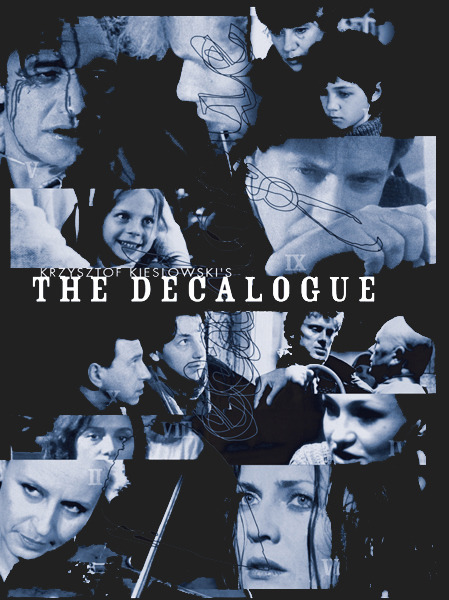
Sympathy For The Devil (Jean-Luc Godard, 1968)
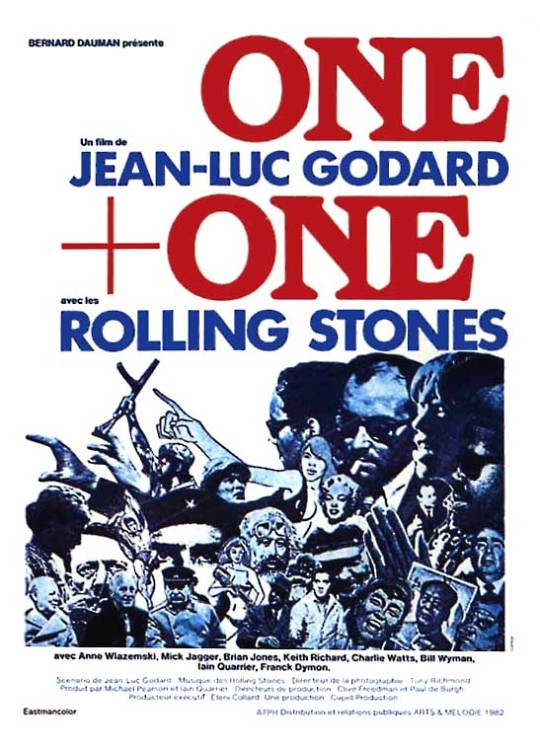
Wings Of Desire (Wim Wenders, 1987)
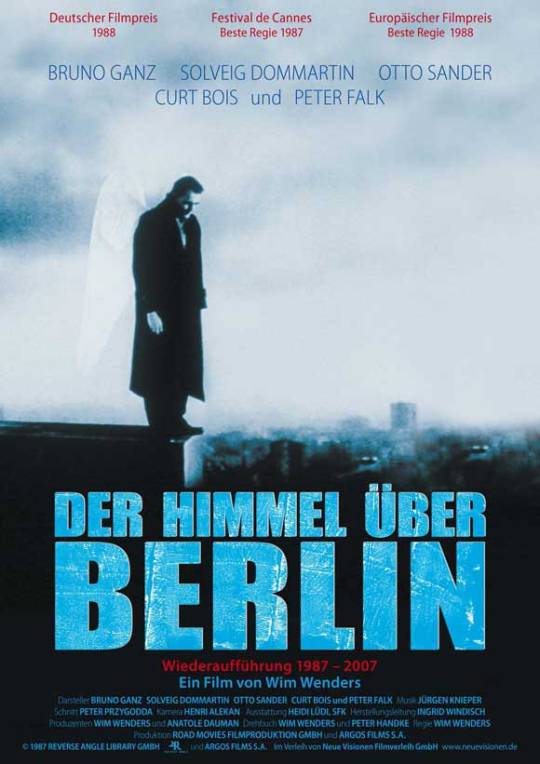
Russian Ark (Aleksandr Sokurov, 2002)

Grey Gardens (Albert & David Maysles, Ellen Hovde, Muffie Meyer; 1975)
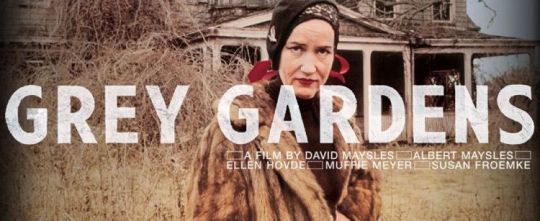
Le feu follet (Louis Malle, 1963)

Time Regained (Raoul Ruiz, 1999)
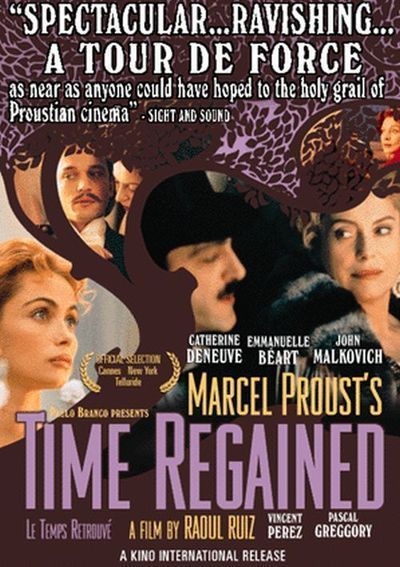
Aguirre, der Zorn Gottes (Werner Herzog, 1972)

One From The Heart (Francis Ford Coppola, 1981)
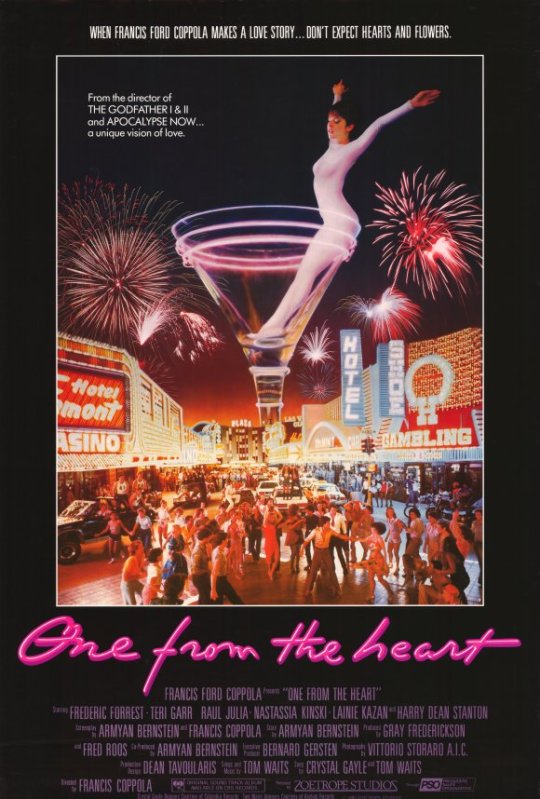
Man With A Movie Camera (Dziga Vertov, 1929)

Dogville (Lars von Trier, 2003)

Sombre (Philippe Grandrieux, 1998)

Cul-de-sac (Roman Polanski, 1966)

The Brown Bunny (Vincent Gallo, 2003)
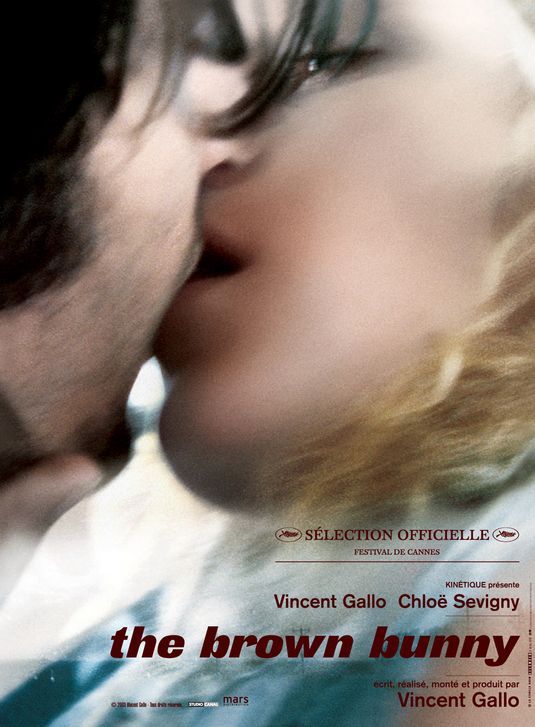
The Swimmer (Frank Perry, 1968)
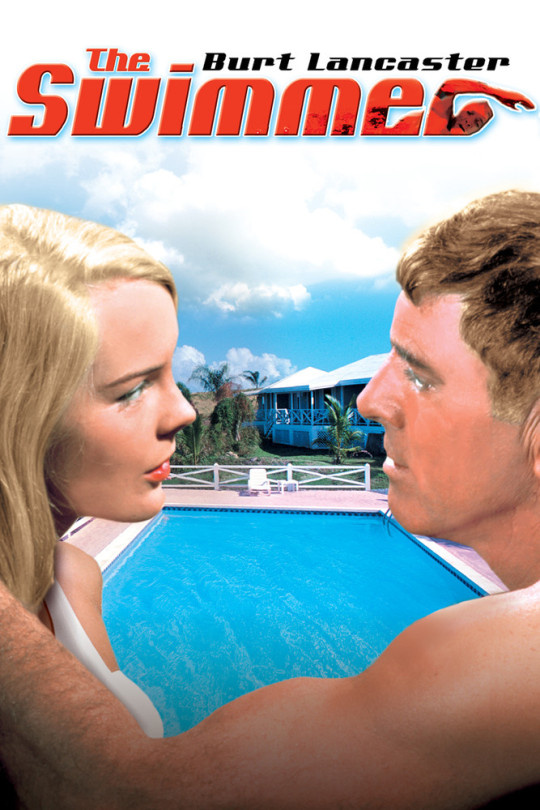
The Battle Of Algiers (Gillo Pontecorvo, 1966)
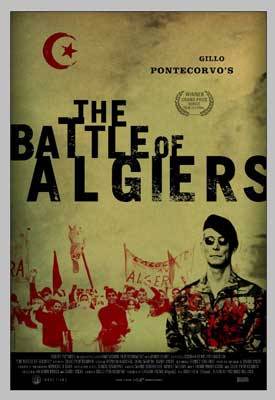
Touch Of Evil (Orson Welles, 1958)
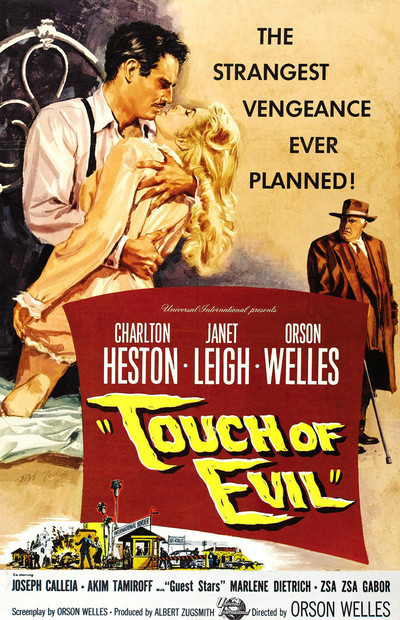
La maman et la putain (Jean Eustache, 1973)
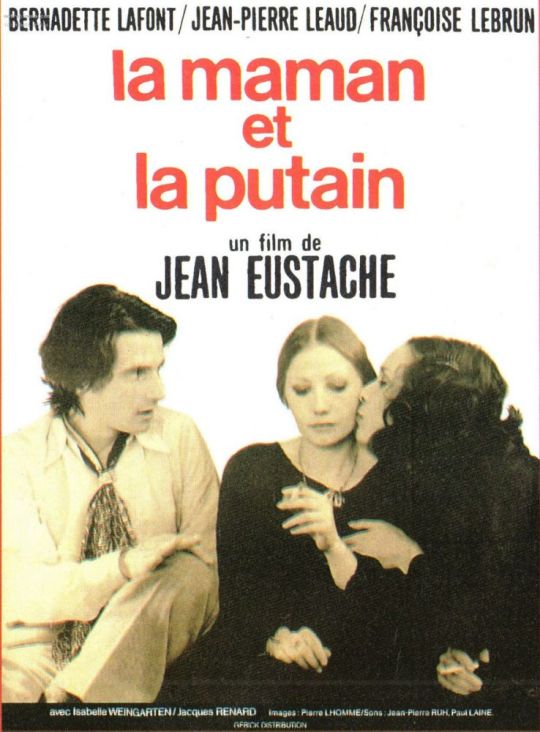
A Special Day (Ettore Scola, 1977)

Rashomon (Akira Kurosawa, 1950)

Playtime (Jacques Tati, 1967)

Goodbye, Dragon Inn (Tsai Ming-liang, 2003)

The Long Goodbye (Robert Altman, 1973)
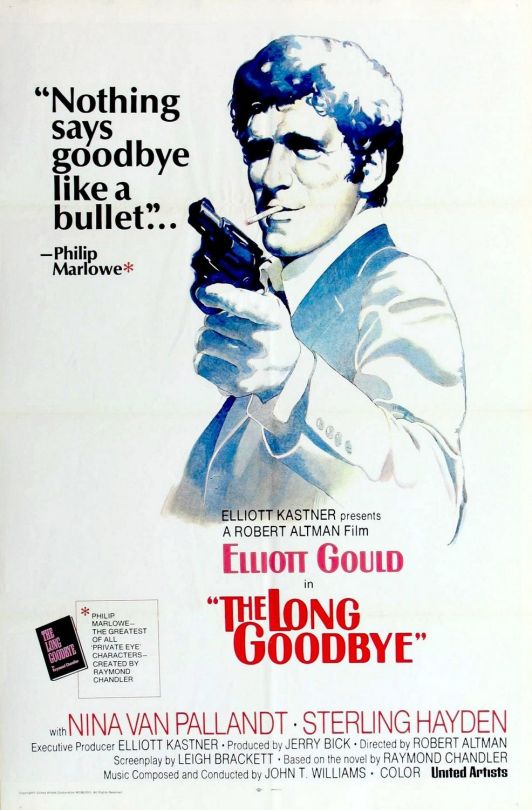
A Summer's Tale (Eric Rohmer, 1996)

Pulp Fiction (Quentin Tarantino, 1994)

Les 400 coups (François Truffaut, 1959)

Baby Doll (Elia Kazan, 1956)

Daisies (Vera Chytilová, 1966)

The Turin Horse (Béla Tarr, Ágnes Hranitzky; 2011)
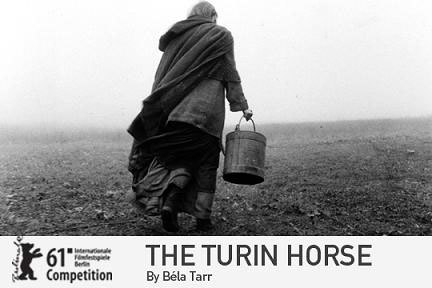
Unsere Afrikareise (Peter Kubelka, 1966)

Thérèse (Alain Cavalier, 1986)
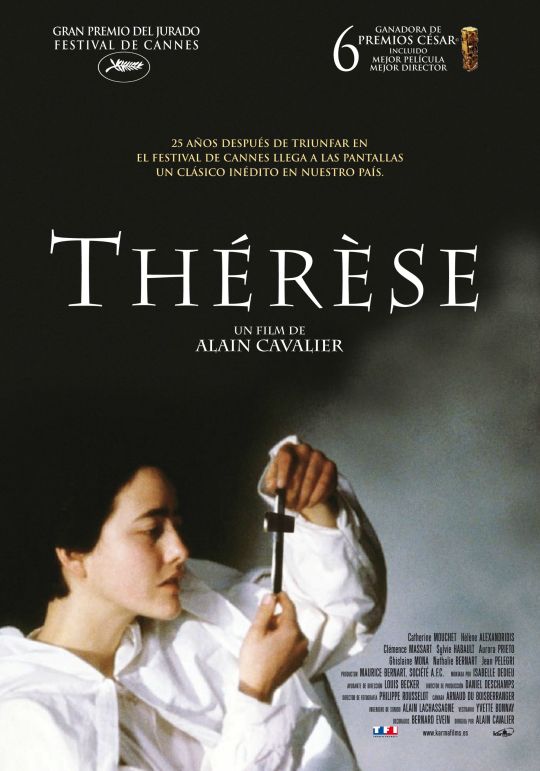
The Women (George Cukor, 1939)

La jetée (Chris Marker, 1962)
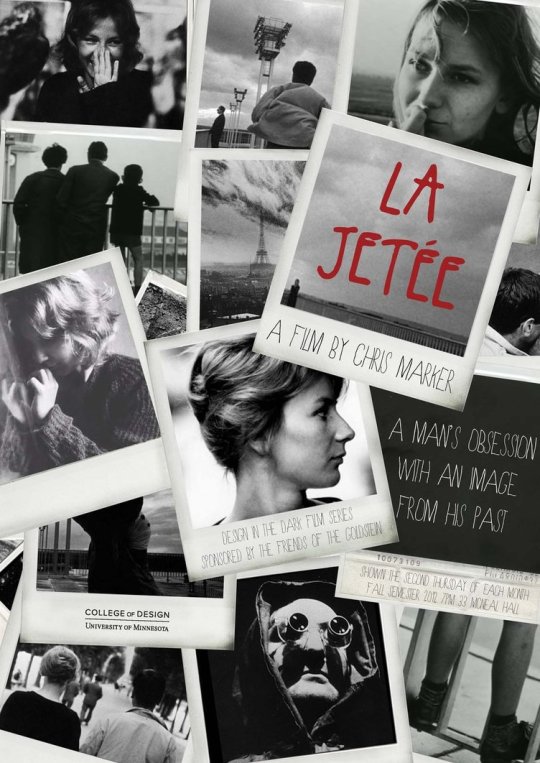
Le gamin au vélo (Jean-Pierre & Luc Dardenne, 2011)

Dead Man (Jim Jarmusch, 1995)

The Piano (Jane Campion, 1993)

Little Fugitive (Ray Ashley, Morris Engel, Ruth Orkin; 1953)

Killer Of Sheep (Charles Burnett, 1978)
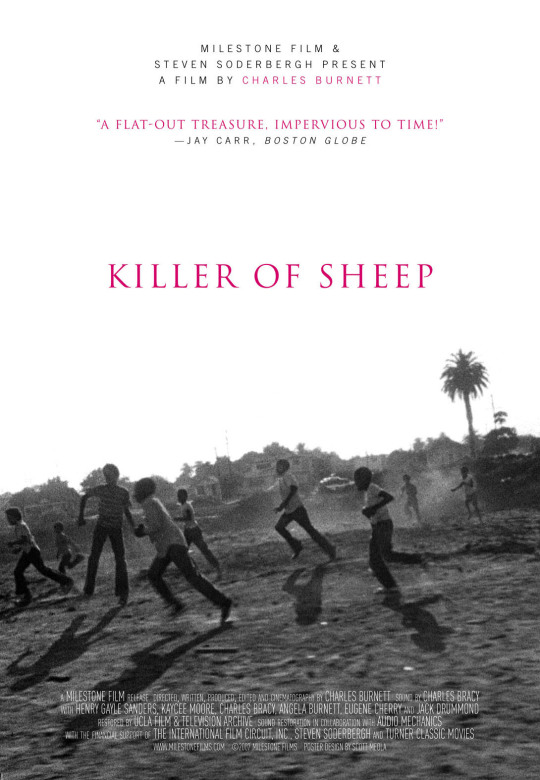
The Piano Teacher (Michael Haneke, 2001)
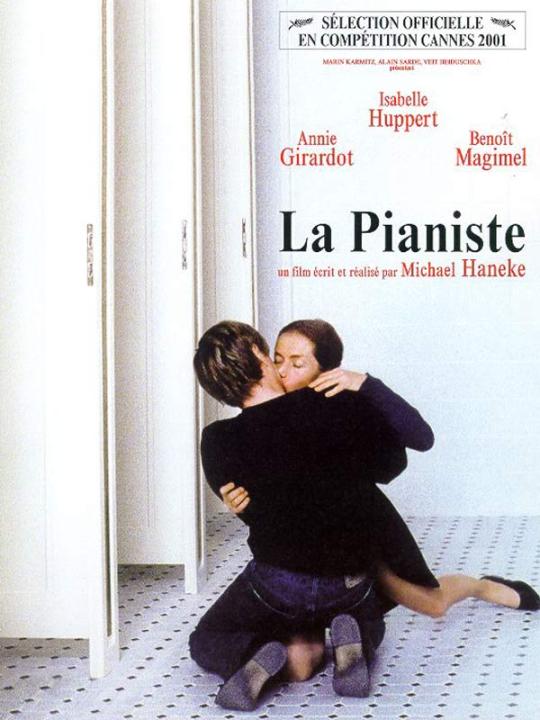
Pickpocket (Robert Bresson, 1959)
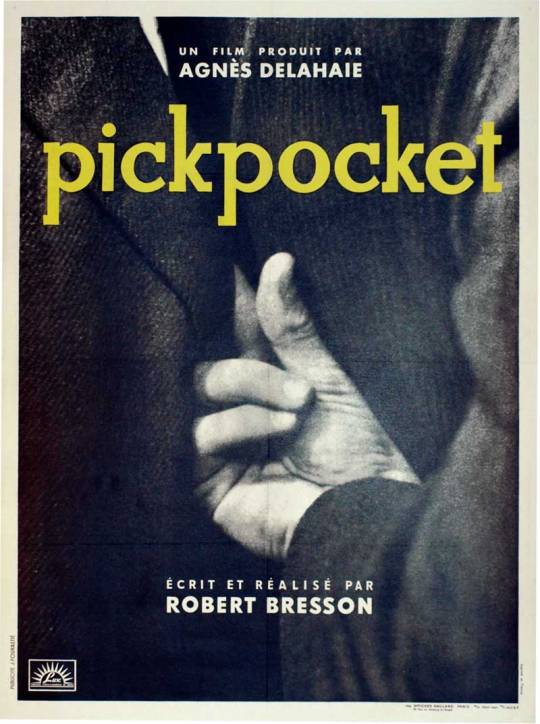
Paper Moon (Peter Bogdanovich, 1973)
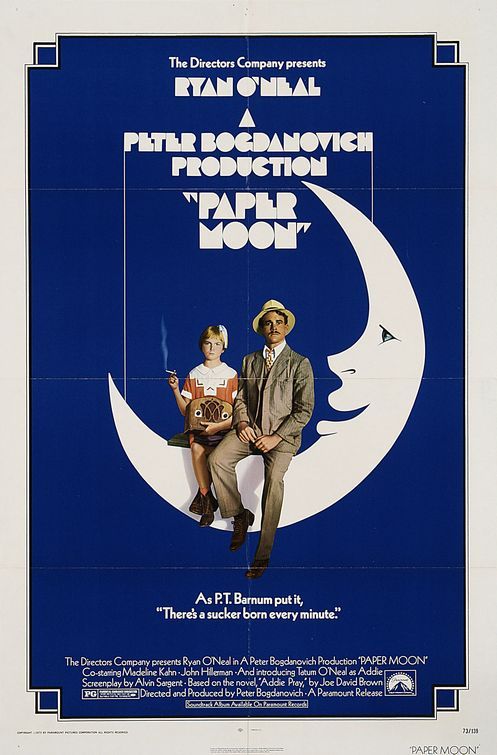
Don't Look Back (D.A. Pennebaker, 1967)
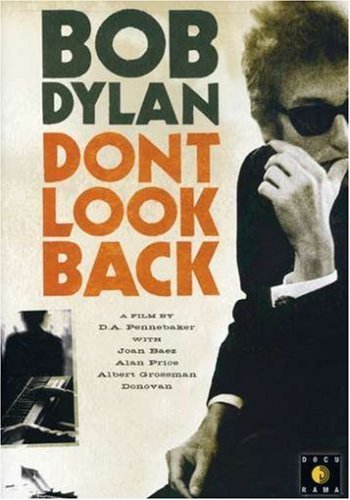
8 femmes (François Ozon, 2002)
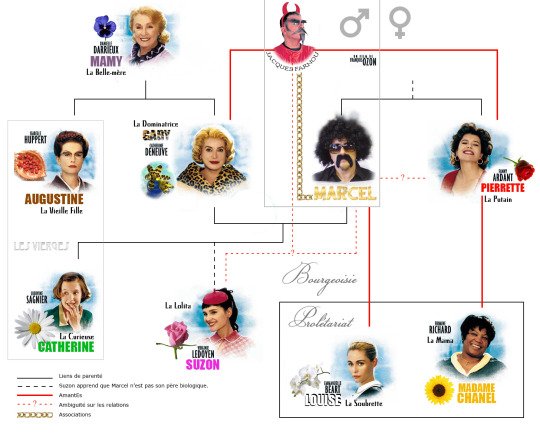
Midnight Cowboy (John Schlesinger, 1969)

The Night Of The Hunter (Charles Laughton, 1955)

The Ice Storm (Ang Lee, 1997)
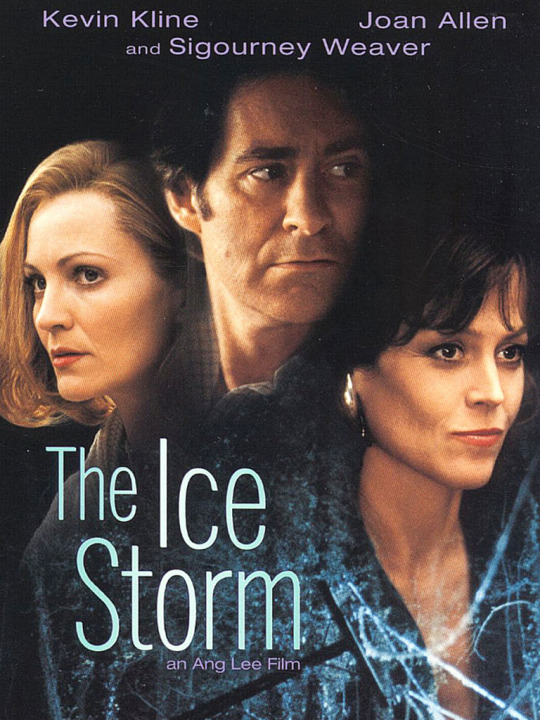
Man On The Moon (Milos Forman, 1999)
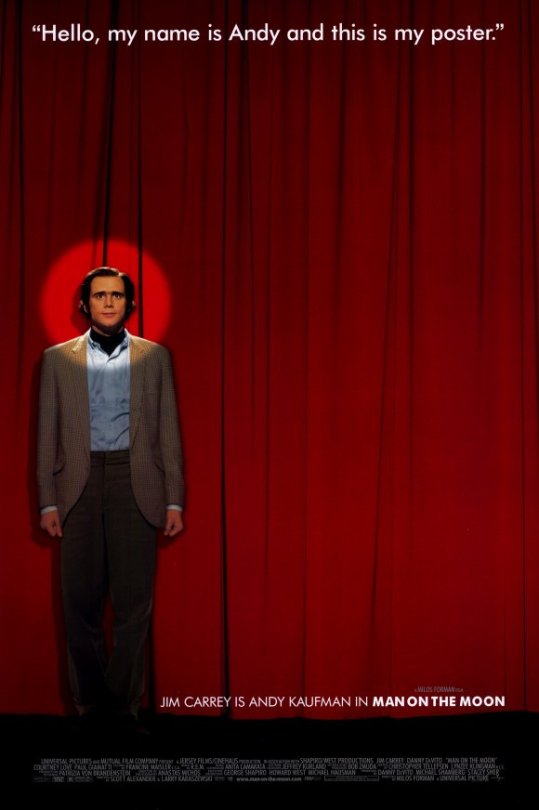
Snatch (Guy Ritchie, 2000)

Los olvidados (Luis Buñuel, 1950)

Brief Encounter (David Lean, 1945)

Eyes Wide Shut (Stanley Kubrick, 1999)
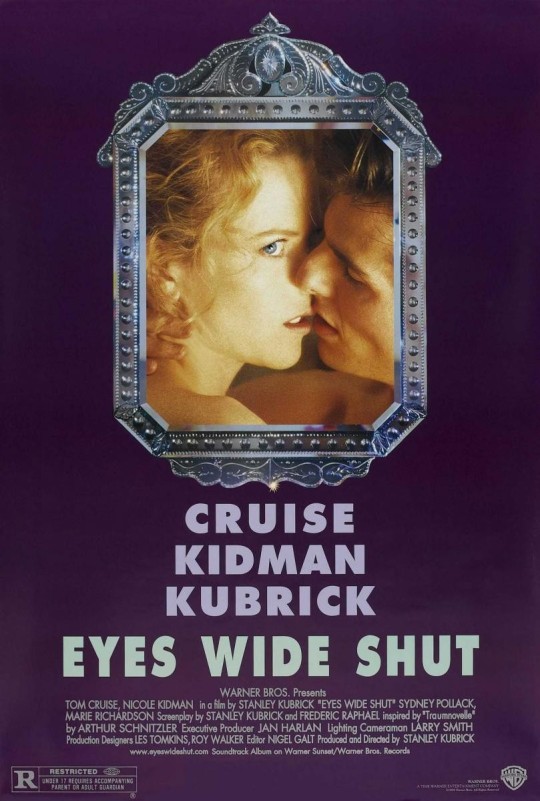
Les triplettes de Belleville (Sylvain Chomet, 2003)

Vertigo (Alfred Hitchcock, 1958)
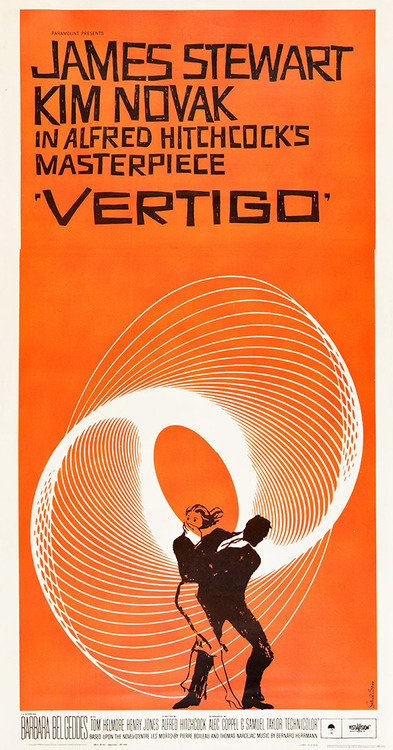
Saturday Night And Sunday Morning (Karel Reisz, 1960)

The New Land (Jan Troell, 1972)

The Adventures Of Prince Achmed (Lotte Reiniger, 1926)

Badlands (Terrence Malick, 1973)

Gare du Nord (Jean Rouch, 1965; segment of Paris vu par... )

Vagabond (Agnès Varda, 1985)

Slap Shot (George Roy Hill, 1977)

Le sang d'un poète (Jean Cocteau, 1932)

Stop Making Sense (Jonathan Demme, 1984)
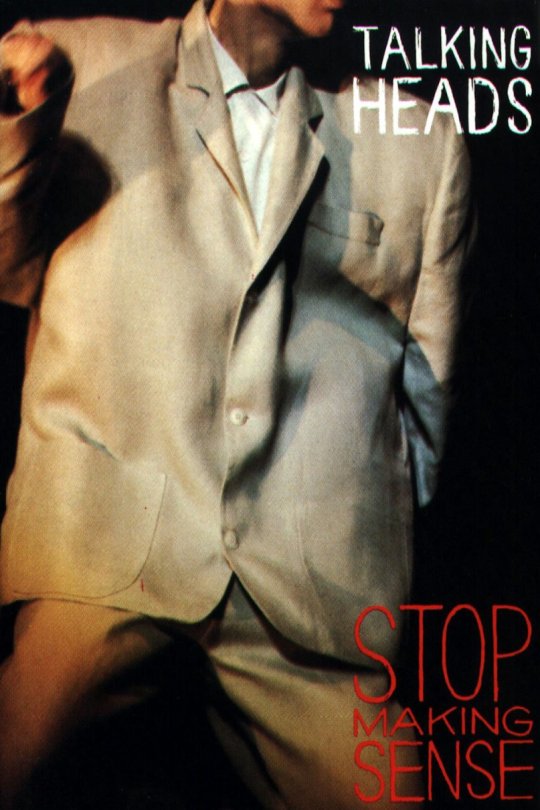
Breathless (Jim McBride, 1983)

Meshes Of The Afternoon (Maya Deren, 1943)

When We Were Kings (Leon Gast, 1996)

Beavis And Butt-head Do America (Mike Judge, 1996)
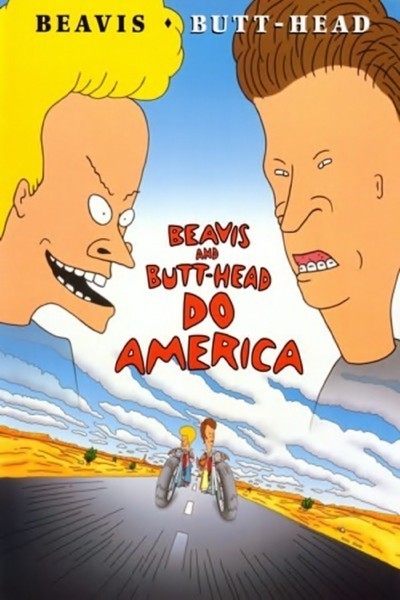
Gadjo dilo (Tony Gatlif, 1997)

Rebel Without A Cause (Nicholas Ray, 1955)
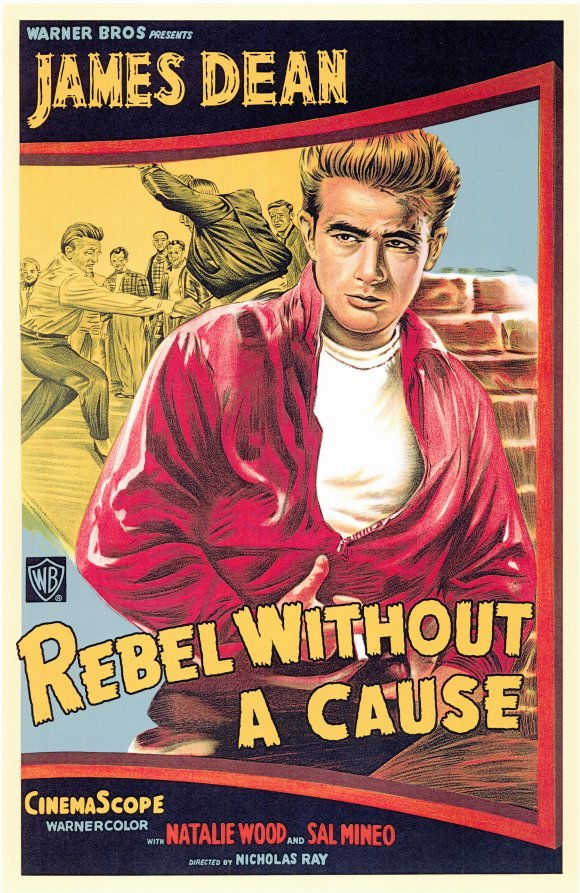
A.K.A. Serial Killer (Masao Adachi, 1975)

The King Of Comedy (Martin Scorsese, 1982)
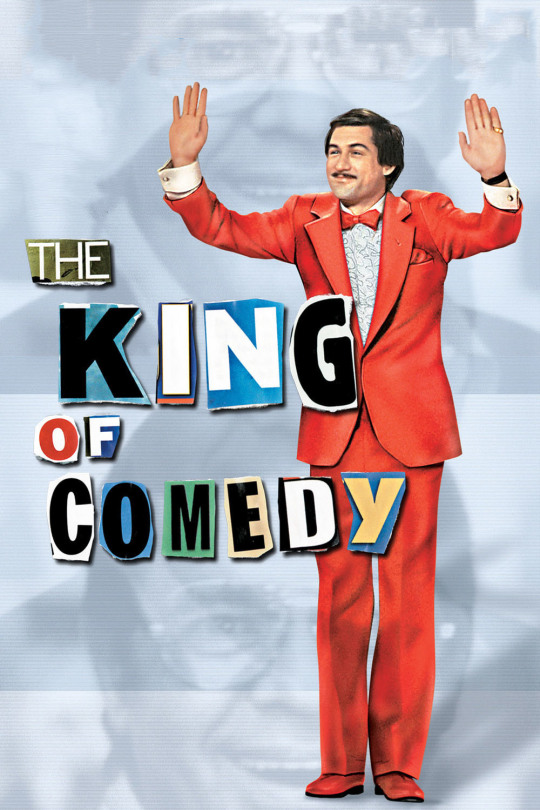
YouTube clip from Kranked 8: Revolve (2009)
youtube
A Woman Under The Influence (John Cassavetes, 1974)
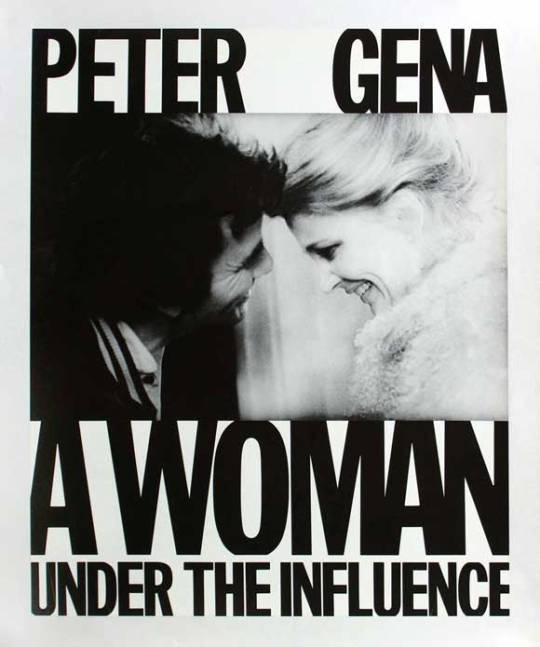
The Apostle (Robert Duvall, 1997)

Araya (Margot Benacerraf, 1959)
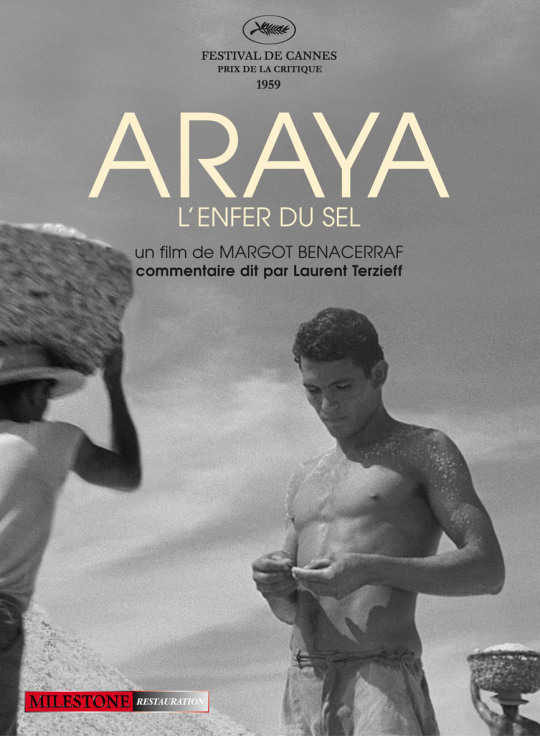
Kes (Ken Loach, 1969)

Duel (Steven Spielberg, 1971)

Skammen (Ingmar Bergman, 1968)

The Bridges Of Madison County (Clint Eastwood, 1995)
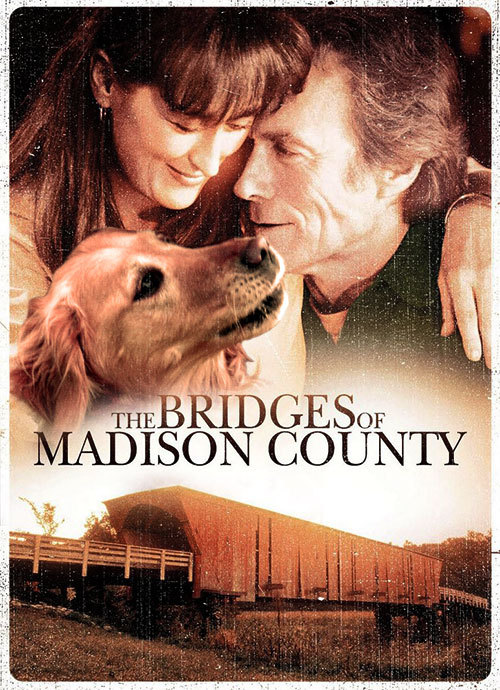
Wendy And Lucy (Kelly Reichardt, 2008)

Out Of The Blue (Dennis Hopper, 1980)
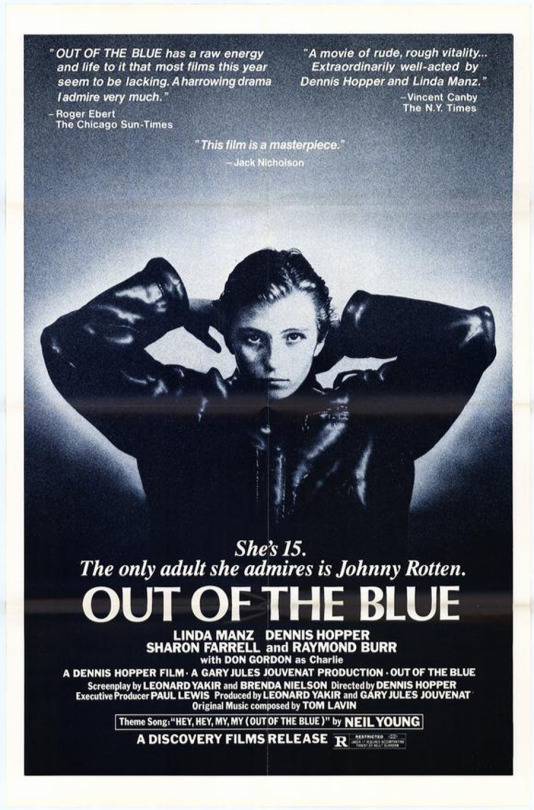
Roma città aperta (Roberto Rossellini, 1945)

The Hours (Stephen Daldry, 2002)

In A Lonely Place (Nicholas Ray, 1950)
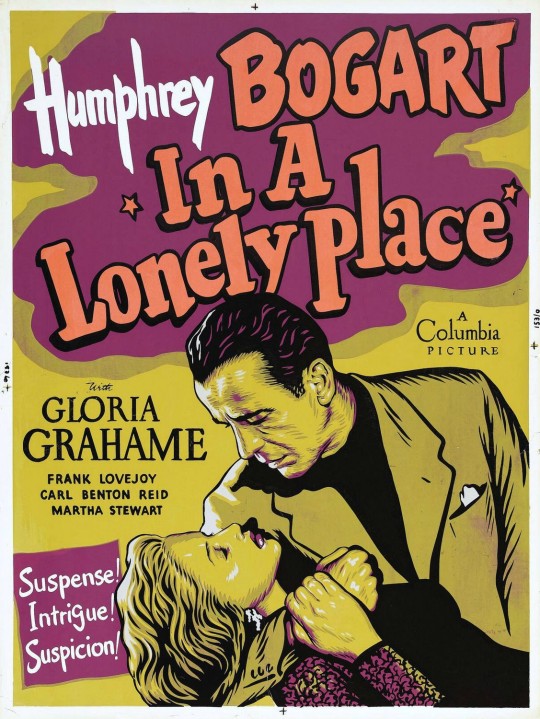
The Honeymoon Killers (Leonard Kastle, 1970)
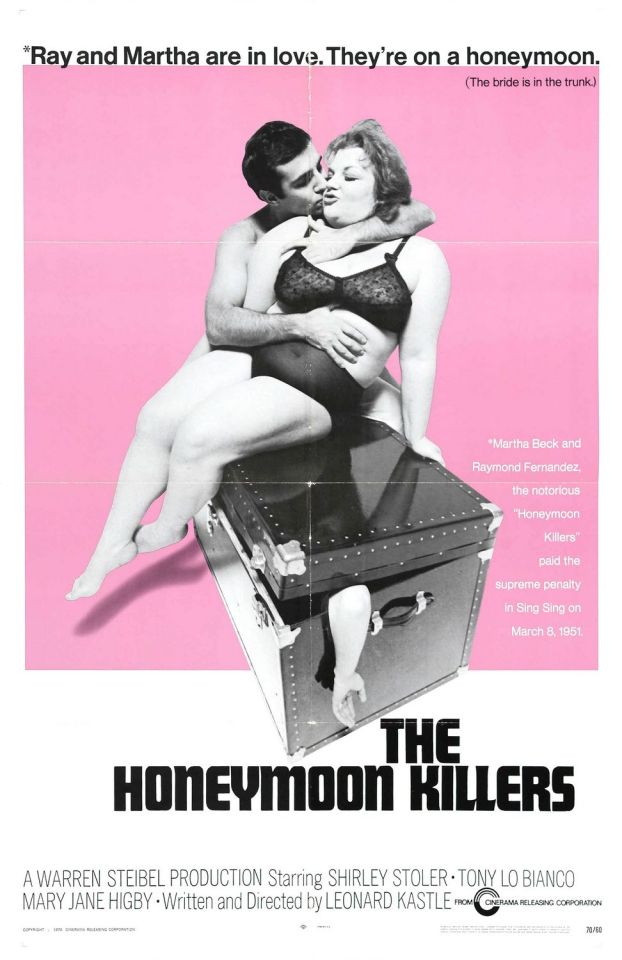
Before The Devil Knows You're Dead (Sidney Lumet, 2007)
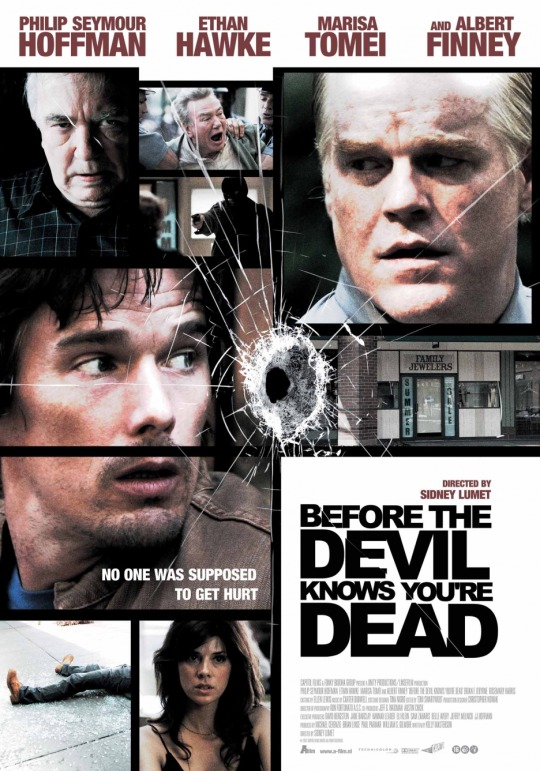
Limite (Mario Peixoto, 1931)
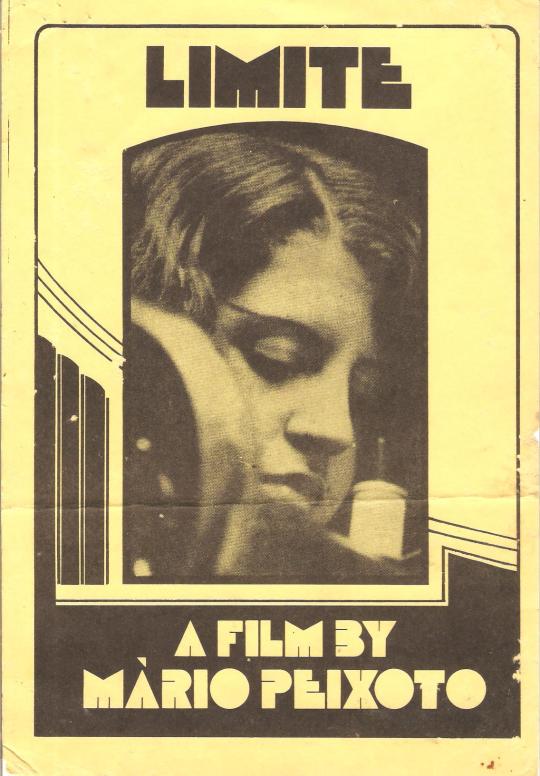
Diva (Jean-Jacques Beineix, 1981)
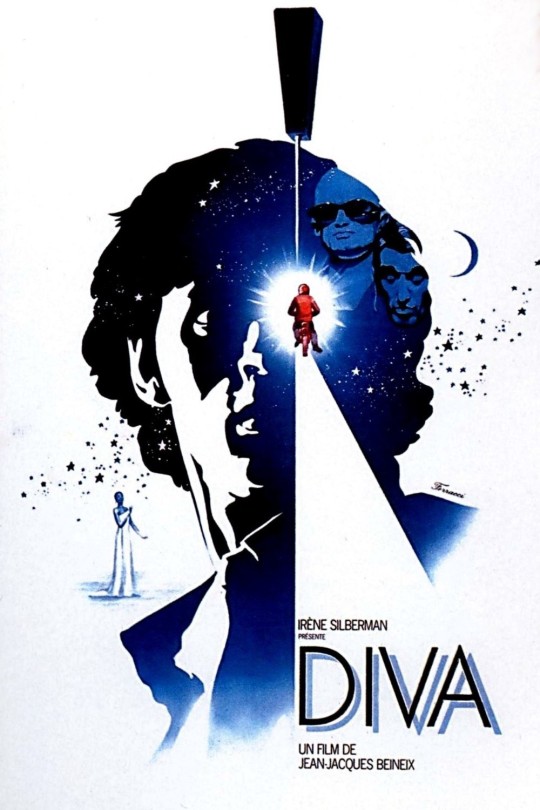
The Man Who Fell To Earth (Nicolas Roeg, 1976)

Far From Heaven (Todd Haynes, 2002)
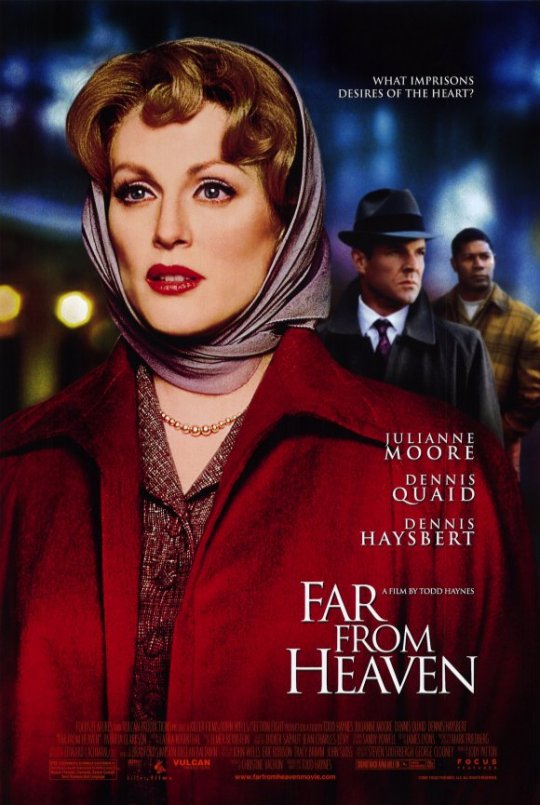
The Fountain (Darren Aronofsky, 2006)
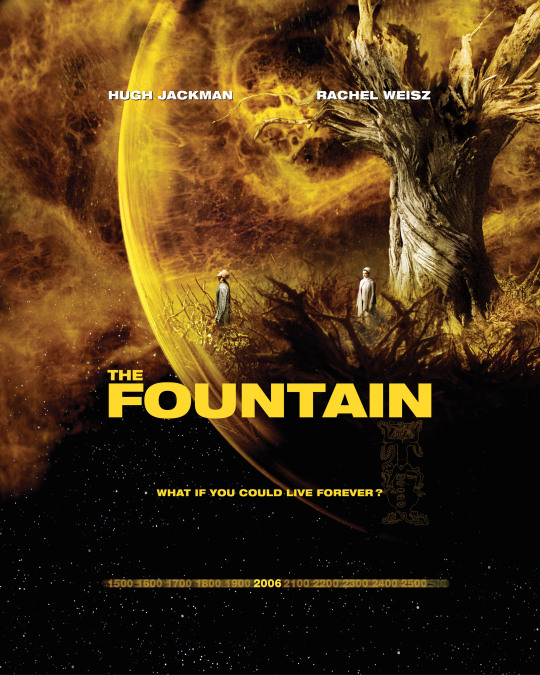
The Draughtman's Contract (Peter Greenaway, 1982)
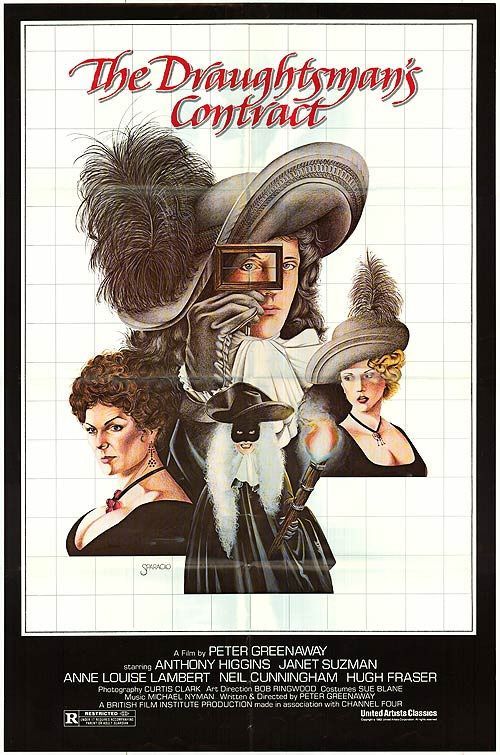
La cérémonie (Claude Chabrol, 1995)

Gomorra (Matteo Garrone, 2008)
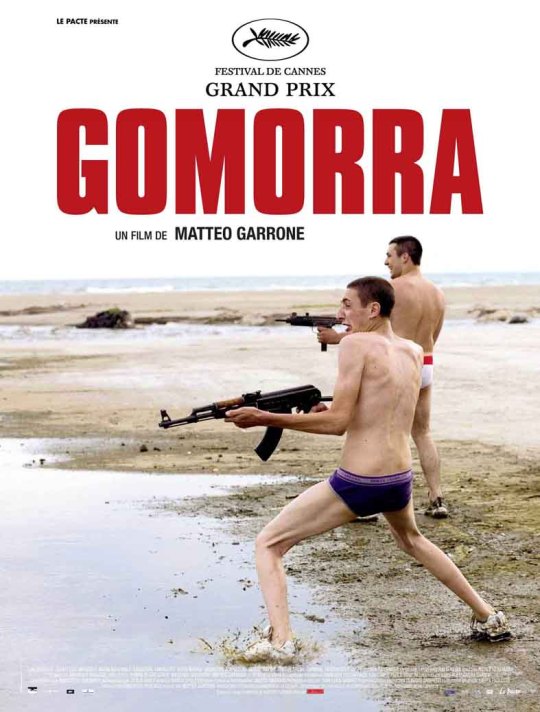
Amour fou (Jessica Hausner, 2014)
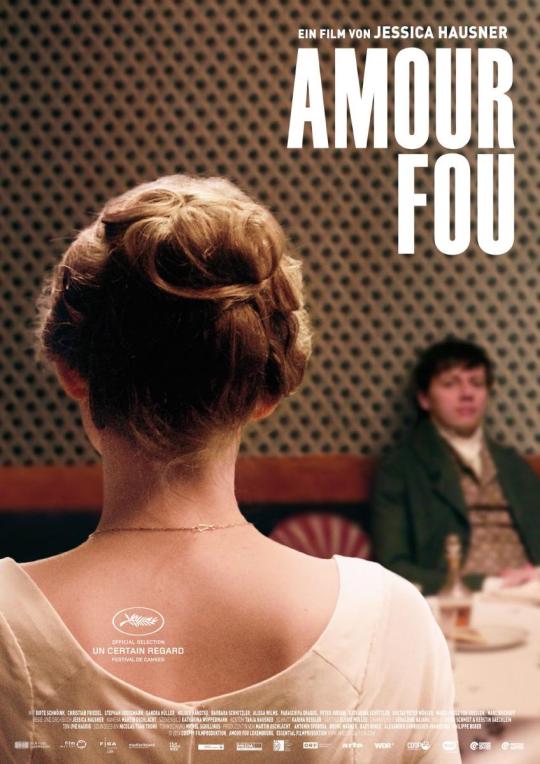
Happiness (Todd Solondz, 1998)

The Diving Bell And The Butterfly (Julian Schnabel, 2007)
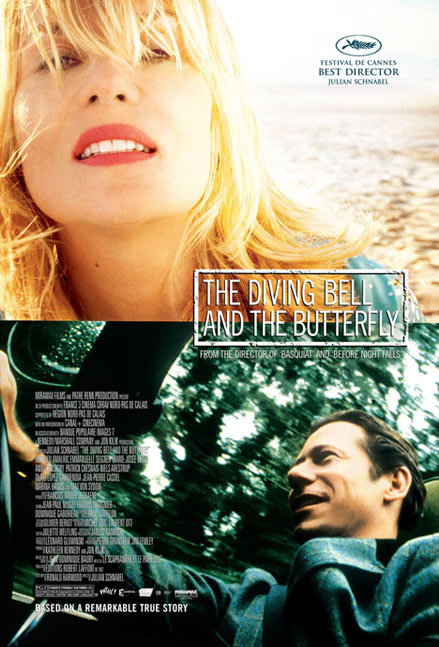
Hausu (Nobuhiko Obayashi, 1977)
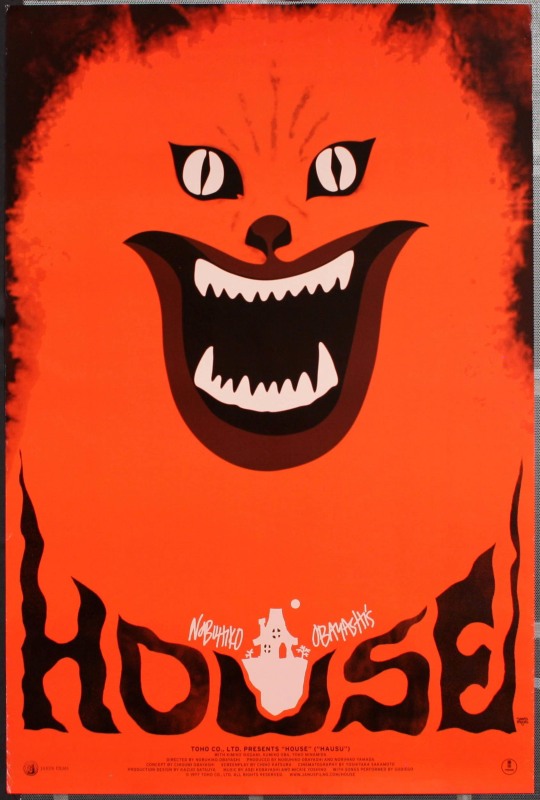
The Full Monty (Peter Cattaneo, 1997)
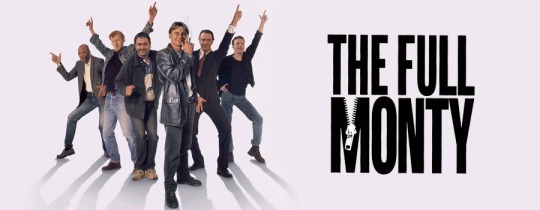
Låt den rätte komma in (Tomas Alfredson, 2008)

5 notes
·
View notes
Text
Bringing back the grandeur and splendor of another era
This past weekend, June 27-30, 2019, the Principality brought back the grandeur and splendor of another era, during the revival of the Elegance and Automobile in Monte-Carlo organized by the Automobile Club (ACM), under the High Patronage of TSH the Prince and Princess of Monaco. The ACM continues to organize events with great respect for tradition and innovation, following on the wishes of its founders and pioneers of the past.
The Director of the event is Monaco resident Christian Phllippsen, a senior specialist in cars of exception interest, contemporary and classic, who loves their mechanics and design. Forty-seven cars dating from 1914 to 2019 coming from all over the world descended in the Principality to participate in the glamorous contest,
The privileged contestants checked in at the recently exquisitely revamped Hotel de Paris and were treated to a Welcome Cocktail Reception on the Casino Terraces on Thursday, June 27.
The day after, they enjoyed an outing on the most beautiful routes of the surrounding countryside with a delicious picnic en route at the Domaine de Mont Leuze in Villefranche Sur Mer, with glorious views of the Mediterranean.
Lunch al fresco at Domaine du Mont-Leuze, Villefranche Sur Mer @ACM Follete
Aston Martin DB4 GTZ, 1961 @ACM Follete
Cadillac 341 A Sports Phaeton, 1928 @ACM Follete
After sunset, they were invited to a candlelight dinner under the stars at the celebrated Grill of the Hotel de Paris, that not only offers the most delicious souffle but has the best view in town.
On Saturday, June 29, the cars were exhibited on the Casino Terraces, to the admiration of residents and tourists alike. Lunch was organized at the Monte-Carlo Beach Hotel. In the afternoon the cars paraded around the Casino Square, each with a special story to tell, with the favorites selected by a Grand Jury. The prestigious members were: Sandra Button, president of the Pebble Beach Elegance Contest, artist Lorena Baricalla, former driver Thierry Boutsen, Gery Mestre, President of the Commission of Collection Cars of the ACM, the automobile designer Lorenzo Ramaciotti, and Christian Philippsen.
Participants admiring the Lancia Stratos Zero @ACM Follete
The automobiles in the Casino Square in Monte-Carlo on Saturday during the judging parade @ACM Follete
Past and Present on the Casino Square during the Automobile Elegance 2019 @ACM Follete
The Jury: Thierry Boutsen, Lorenzo Ramaciotti, Sandra Button, Lorena Barricalla, Gary Mestre, and Christian Philipssen@ACEM Follete
A royal prize ceremony
On Sunday, June 30, all the cars gathered and embellished, even more, the Palace Square, with Princess Charlene doing the great honor of presenting the trophies to the happy winners.
Princess Charlene with Christian Philipssen and Michel Boeri and one of the prized cars @ Eric Mathon : Palais Princier
Princess Charlene, Christian Philippsen, Jean-Luc Biamonti, Deputy President SBM, Michel Boeri, President of ACM, @ Eric Mathon : Palais Princier
The automobiles participating in the Elegance and Automobile in Monte-Carlo, 2019 on the Palace Square@ Eric Mathon : Palais Princier
youtube
H.S.H. Sovereign Prince Cup – Categories
Full Sun– N° 1 – Mercedes 28/95 Phaeton – 1914/1916 – Rueckwarth Anke
Route & Circuit – N°10 – Ferrari 166MM Spyder Da Corsa – 1949 – Brockington Lee Anne
Into the Wind– N°16 – Mercedes Benz SSK Drophead Coupe – 1929 – Kern Markus
Beautiful Machine– N°23 – Alfa Romeo 8C 2900 B Coupe – 1937 – Sydorick David
High Street– N°30 – Talbot Lago T150C SS Coupe- 1939 – The Hon. Sir Michael Kadoorie
Dolce Vita– N°35 – Siata 208 S Spyder- 1954 – Behaegel Marc
Speed– N°40 – McLaren F1 – 1996 – Goethe Roald
Solitaries– N°44 – Ferrari Mythos – 1989 – Kosaka Shiro
Princes, Princesses & Chiefs of State– N°45 – Stout Scarab – 1936 – Smith Lawrence
Jury’s Special Prize– N°43 – Lancia Stratos Zero – 1970 – Sarlfim Phillip
Today’s Quote
“A car isn’t a classic just because it’s old. To be a classic, a car has to tell us something of its time.” James May
Princess Charlene presented the trophies of the first edition of the Elegance & Automobile in Monte-Carlo Bringing back the grandeur and splendor of another era This past weekend, June 27-30, 2019, the Principality brought back the grandeur and splendor of another era, during the revival of the Elegance and Automobile in Monte-Carlo organized by the Automobile Club (ACM), under the High Patronage of TSH the Prince and Princess of Monaco.
#Automobile Club of Monaco#car collectors#Christian Philippsen#classic cars#Elegance and Automobile in Monte-Carlo#Elegance et Automobile a Monte-Carlo#HSH Princess Charlene of Monaco#Principality of Monaco
0 notes
Text
Les 100 livres qu' il faut avoir lus
J’ai trouvé cette liste il y a quelque temps, je me suis lancé le défi de les lire. J’en suis pour le moment très heureuse, car j’ai aimé chacun d’eux, pourtant si différents. Pour certains, je ne les aurais jamais choisit de moi même et pourtant je les ai beaucoup appréciés.
Pour le moment j’en suis à “ l’histoire de Pi, de Yann Martel “ :
1- Ne tirez pas sur l’oiseau moqueur de Harper Lee - LU
2- Orgueils et préjugés de J. Austeen- LU
3- Le journal d Anne Franck - LU
4- 1984 de G Orwel
5- Harry Potter- LU
6- Gatsby le magnifique - LU
7- La toile de Charlotte de E. White - LU
8- Hobbit de Tolkien
9- Les 4 filles du docteur March- LU
10- Farenheit 451 de R Bradbury- LU
11- Jane Eyre de E Bronté - LU
12- Autant en emporte le vent
13- La ferme des animaux G Orwel
14- L’attrape cœur de Salinger- LU
15- Les aventures de Huckleberry Finn de M Twain
16- La couleur des sentiments – LU
17- Les raisins de la colère de Steinbeck
18- Hunger Games de Collins
19- La voleuse de livres de Susak
20- Les cerfs volants de Kaboul Hosseini
21- Sa majesté des mouches Golding
22- La nuit de Ellie Wiesel
23- Hamlet de Shakespeare
24- Le raccourci dans le temps de L’engle
25- 1 conte de 2 villes de Dickens
26- Le guide du voyageur Galactique de Adams
27- Le chant de Noel de Dickens
28- Des souris et des hommes de Steinbeck - LU
29- Le meilleur des mondes de Huxley- LU
30- Le jardin secret de Burnett
31- Romeo et julliette
32- La servante ecarlatte de Atwwod
33- Le bord du monde de Silverstein
34- Le petit prince de St Exupéry- LU
35- La maison aux pignons verts de Montgomery*
36- Le passeur de L Lois
37- Les hauts de hurlevents de E Bronté
38- Macbeth
39- Les aventures de Tom Sawyer
40- Le comte de Monte Cristo- LU
41- Franckenstein – LU
42- Nos étoiles contraires de Green
43- Millenium
44- La l’Est d’Eden de Steinbeck- LU
45- Du sang froid de Capote
46- Le Lys de Broocklyn de Smith
47- La couleur pourpre de Glover
48- Catch 22 de Heller
49- Le Fleau- LU
50- Le garennes de Watership de Adams
51- La stratégie
52- Alice au pays des merveilles
53- Anna Karennine de Tolstoi
54- Le aventures de S Holmes de Doyle
55- Geisha- LU
56- Rebecca de Du Maurier
57- Le vieil homme et la mer – LU
58- Princesse Bride de Goldman
59- Les grandes espérances de Dickens
60- L’histoire de Pi de Martel
61- Les piliers de la terre de Follet
62- Charlie et la chocolaterie de Dahl
63- La lettre écarlatte de Hawthorne- LU
64- Les misérables- LU
65- Dracula
66- Le corbeau de Poe
67- Le secret des abeilles Monk Kidd Sue
68- De l’eau pour les elephants de Gruen
69- La terre Chinoise de Buck
70- 100 ans de solitude de Marquez
71- Les yeux dans les arbres de Kingsolver
72- Le temps n’est rien de Niffenegger- LU
73- 1 prière pour Owen de Irving
74- La vie immortelle d’ Henrietta Lacks de Skloot
75- Les 10 ptits negres – LU
76- Les oiseaux se cachent pour mourir
77- Le château de verre de Walls
78- A propos du courage de O Brien
79- La route de Mac Carty
80- Odyssée – LU
81- Beloved de T Morrisson
82- Les frères karamazov de Dostoievski
83- Siddharta de Hiesse
84- Sourde Muette et Aveugle de Keller
85- Outlander de Gabaldon
86- Les apparences de Flynn
87- Thomas Hardy de Tess Duberville
88- Birdsong de FAULKS
89- Germinal de Zola- LU
90- Le Grand Meaulnes de Fournier- LU
91- La nuit des temps de Barjavel- LU
92- L herbe bleue- LU
93- Le parfum- LU
94- Osacar et la dame Rose de Schmitt
95- Et si c’était vrai de Levy- LU
96- Le pullover rouge de Perrault
97- La 25 eme heure de Declair
98- Les thibault de Martin du Gard
99- Le silence de la mer de Vercors
100- Les enfants de la terre de Auel.
1 note
·
View note
Photo

René Follet-Ikar Vol #1 The Little Barbarous Prince
21 notes
·
View notes